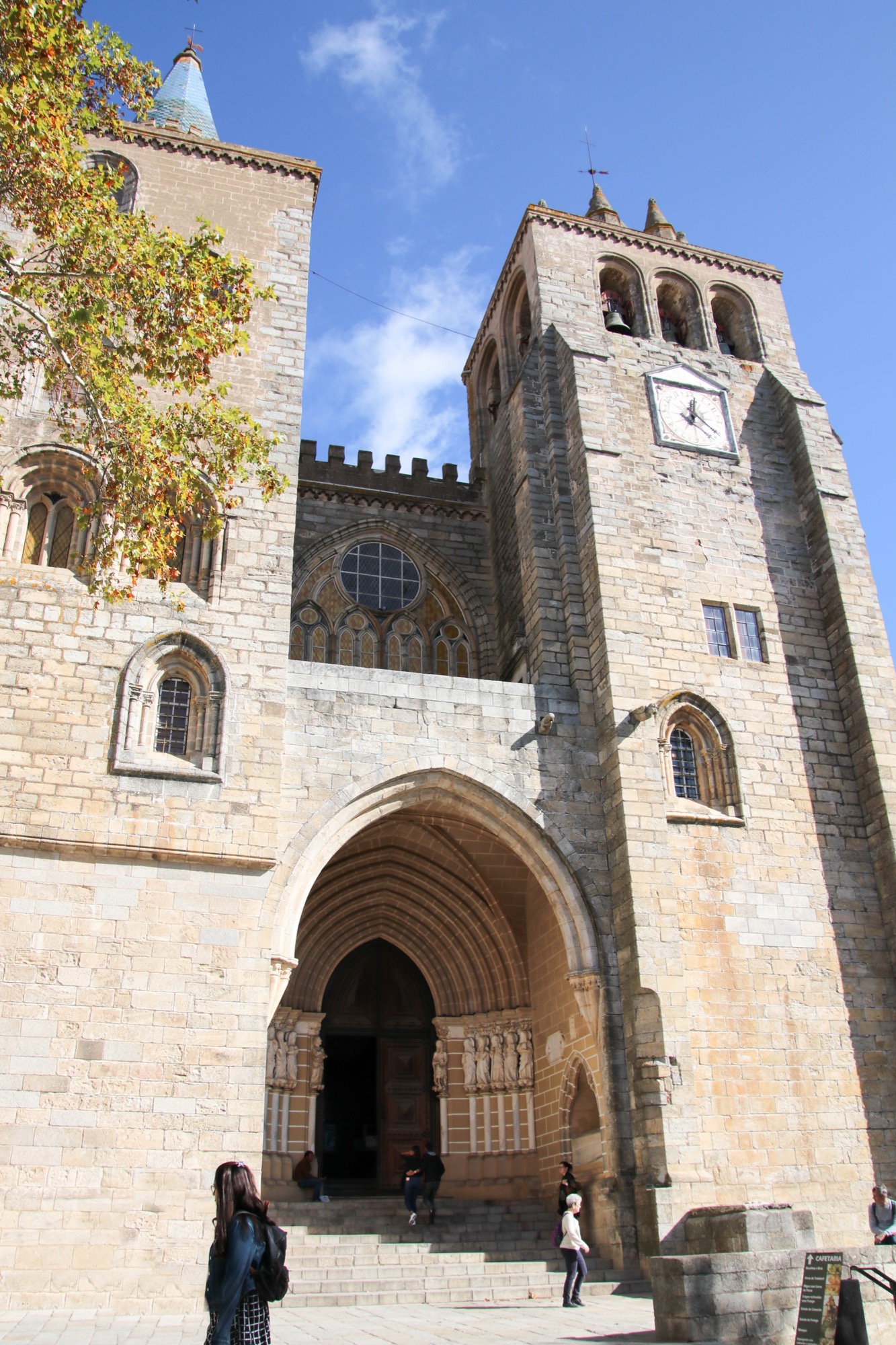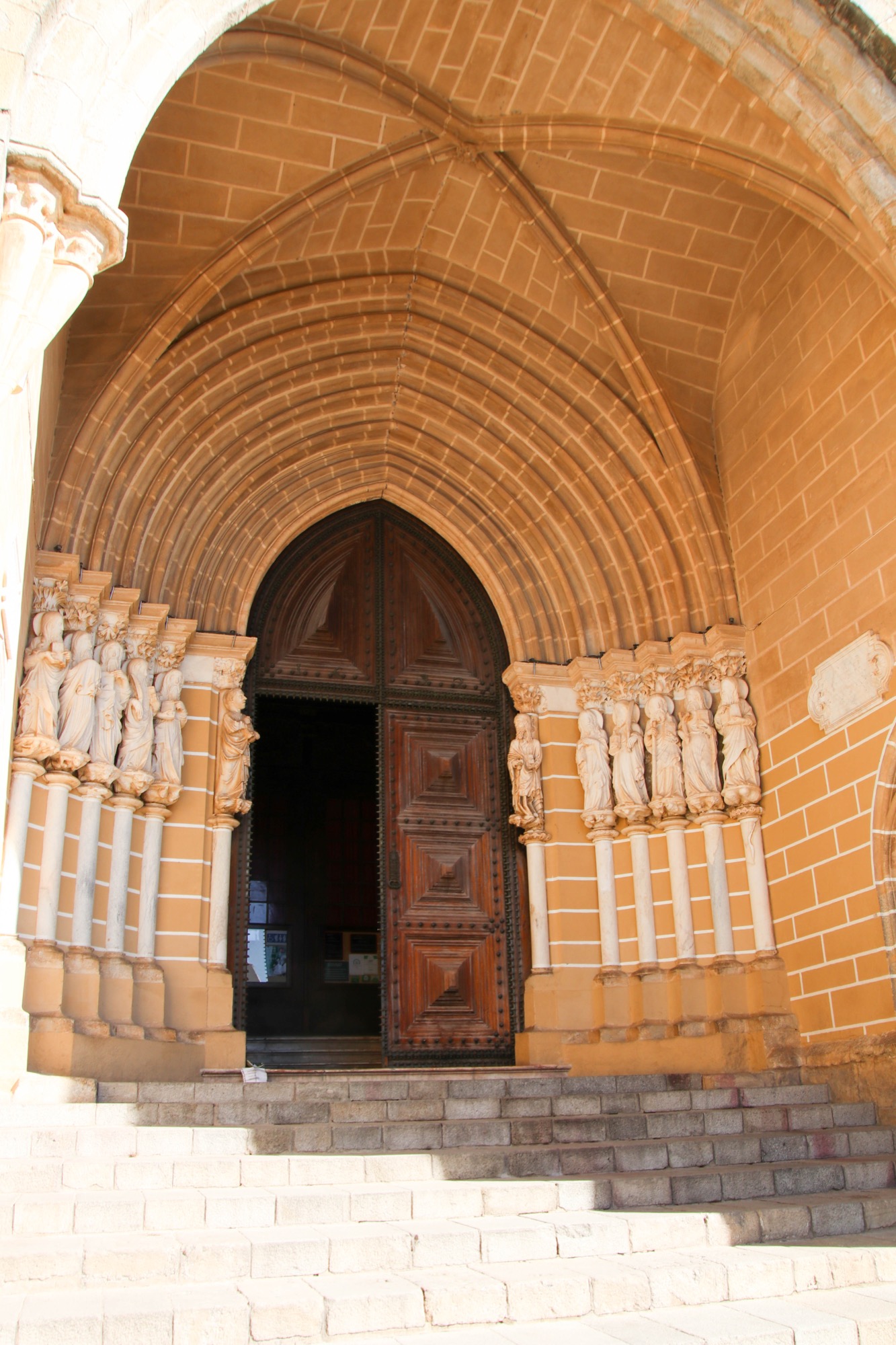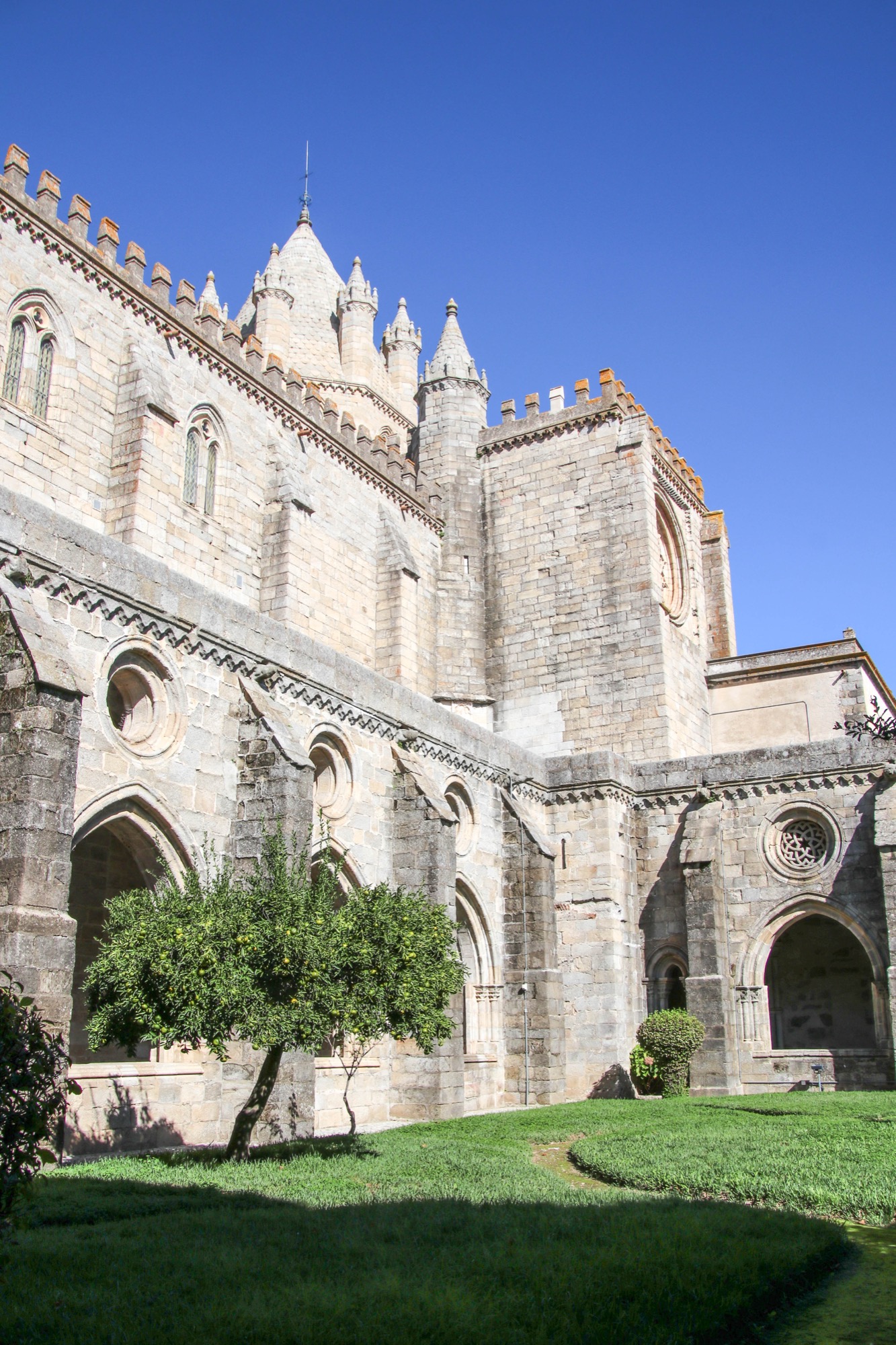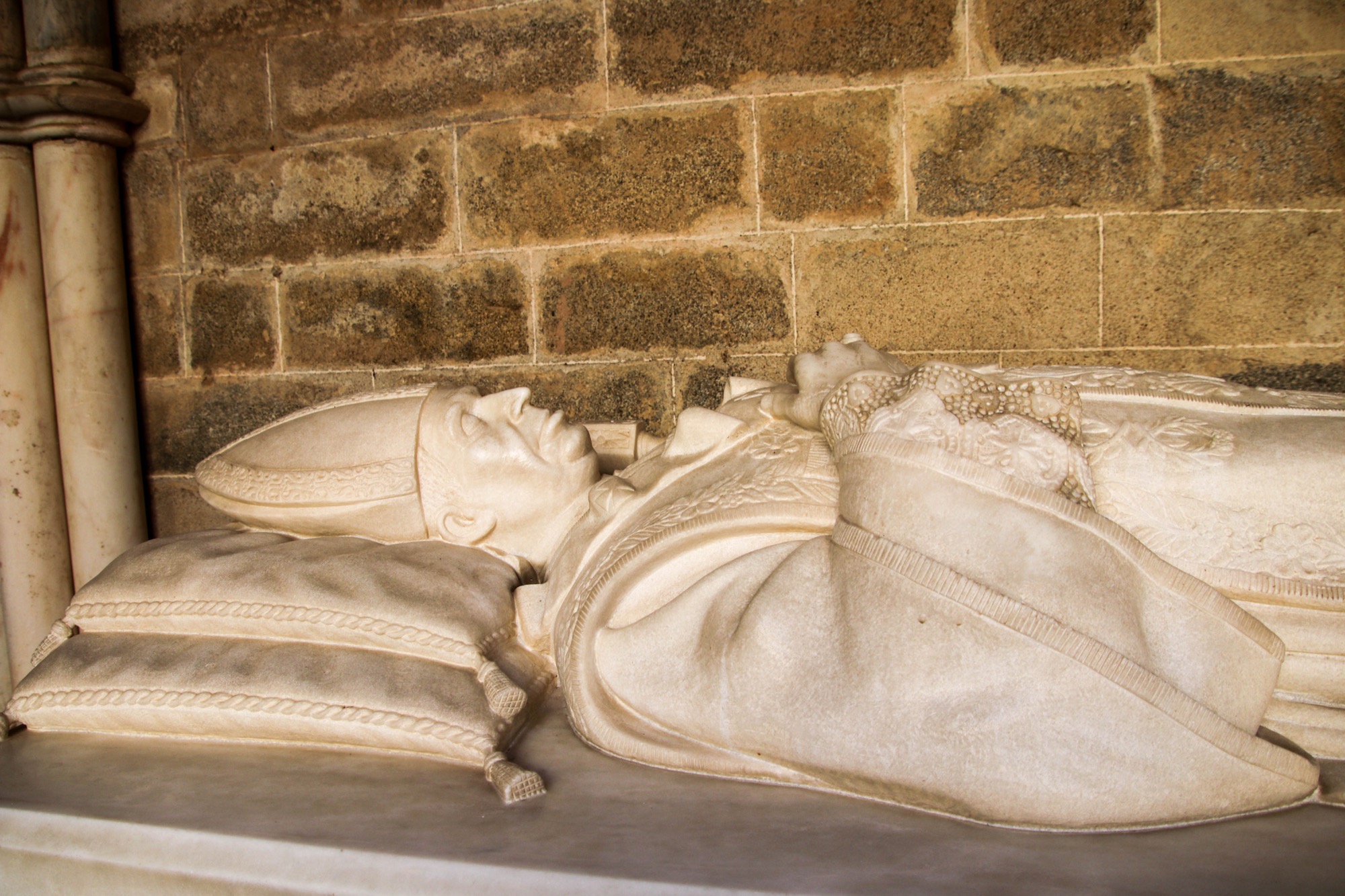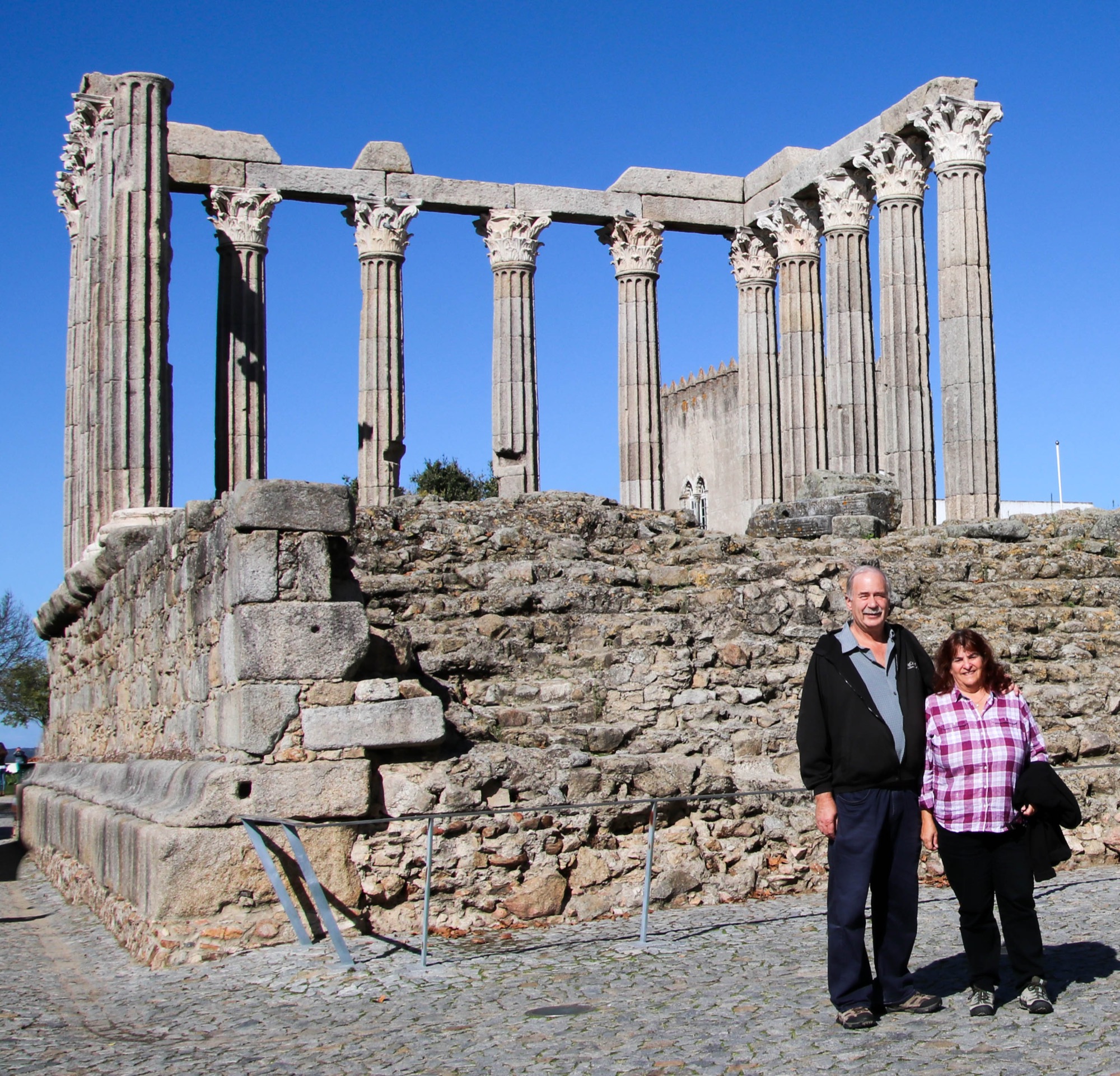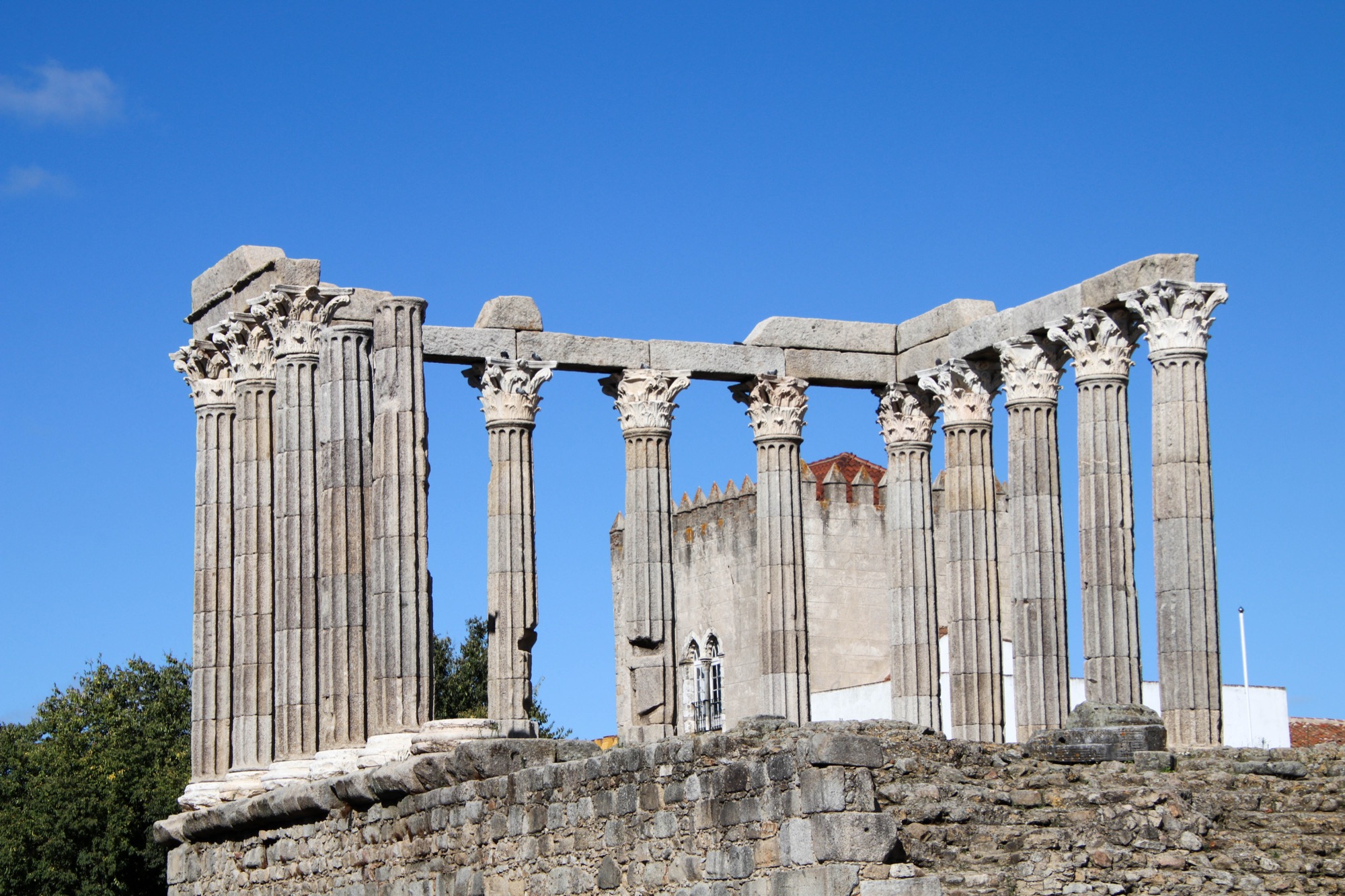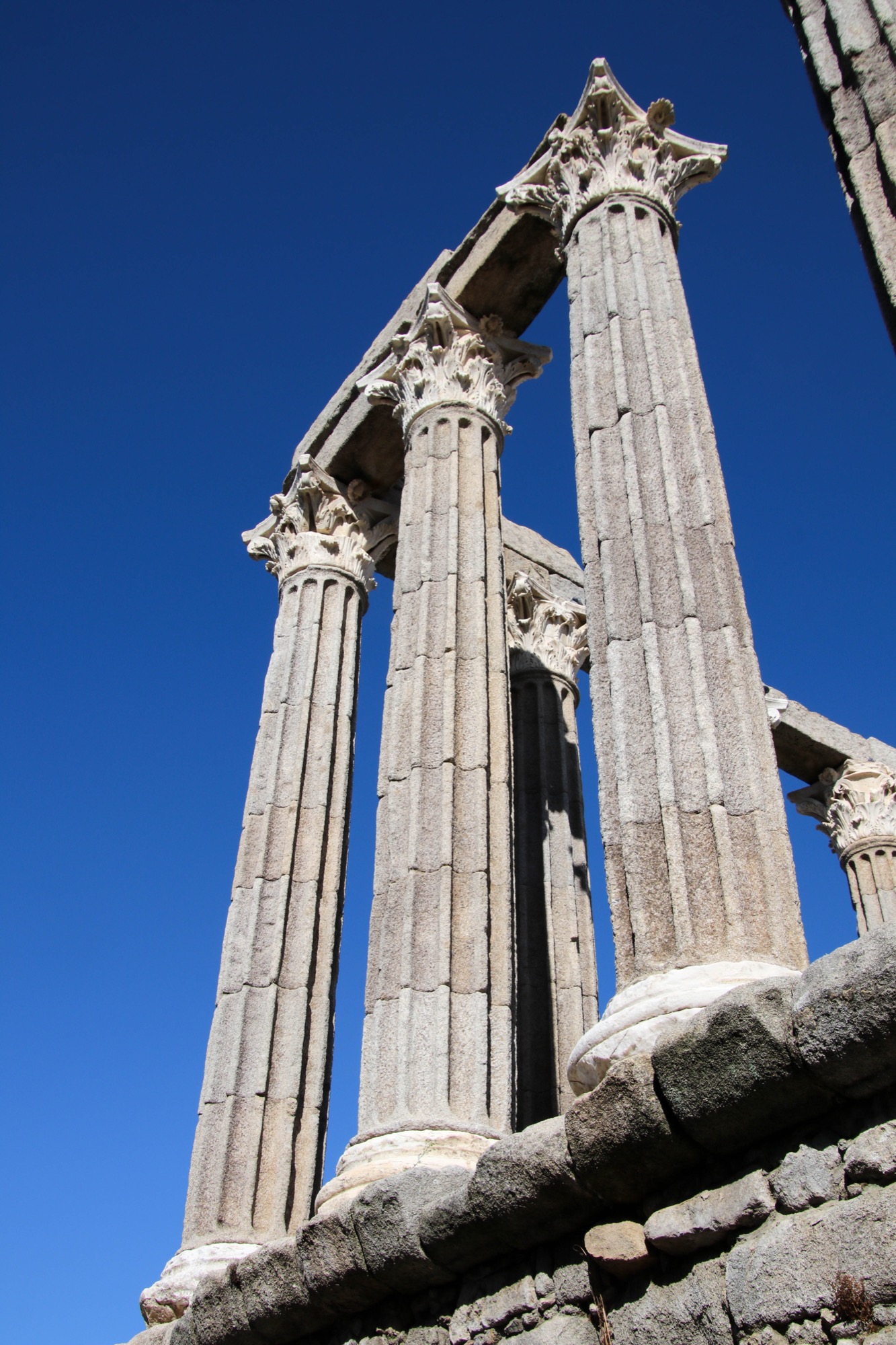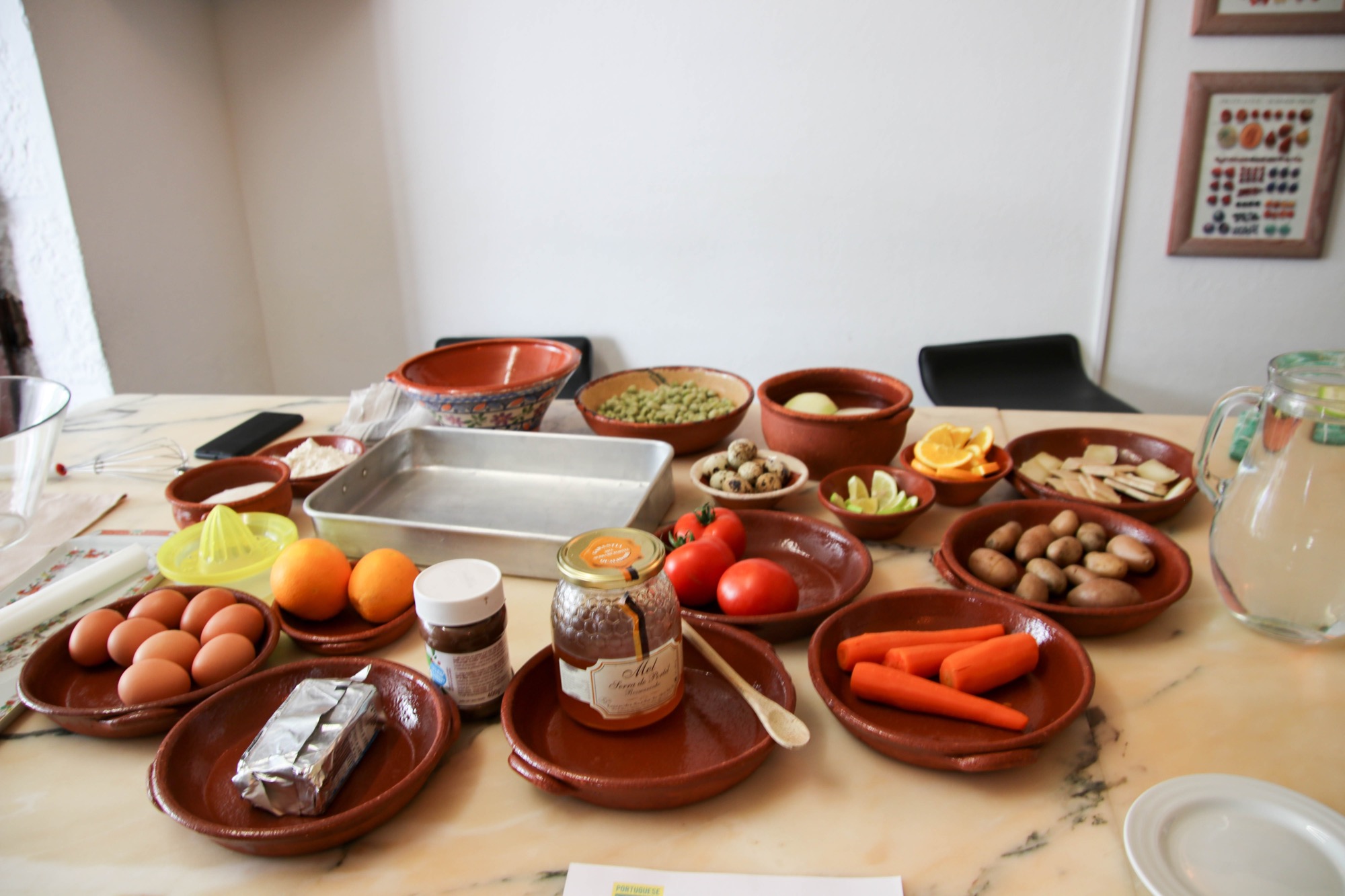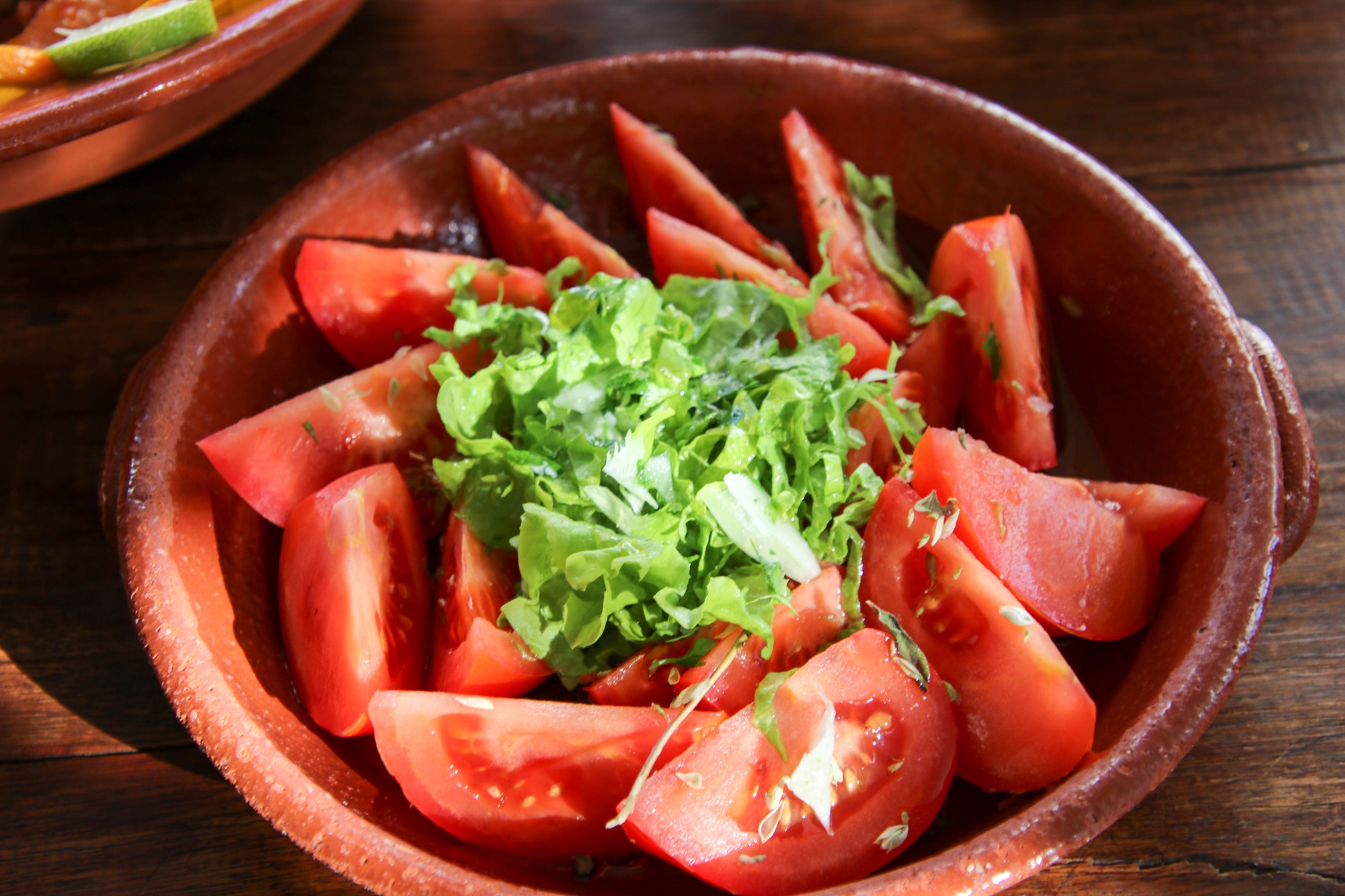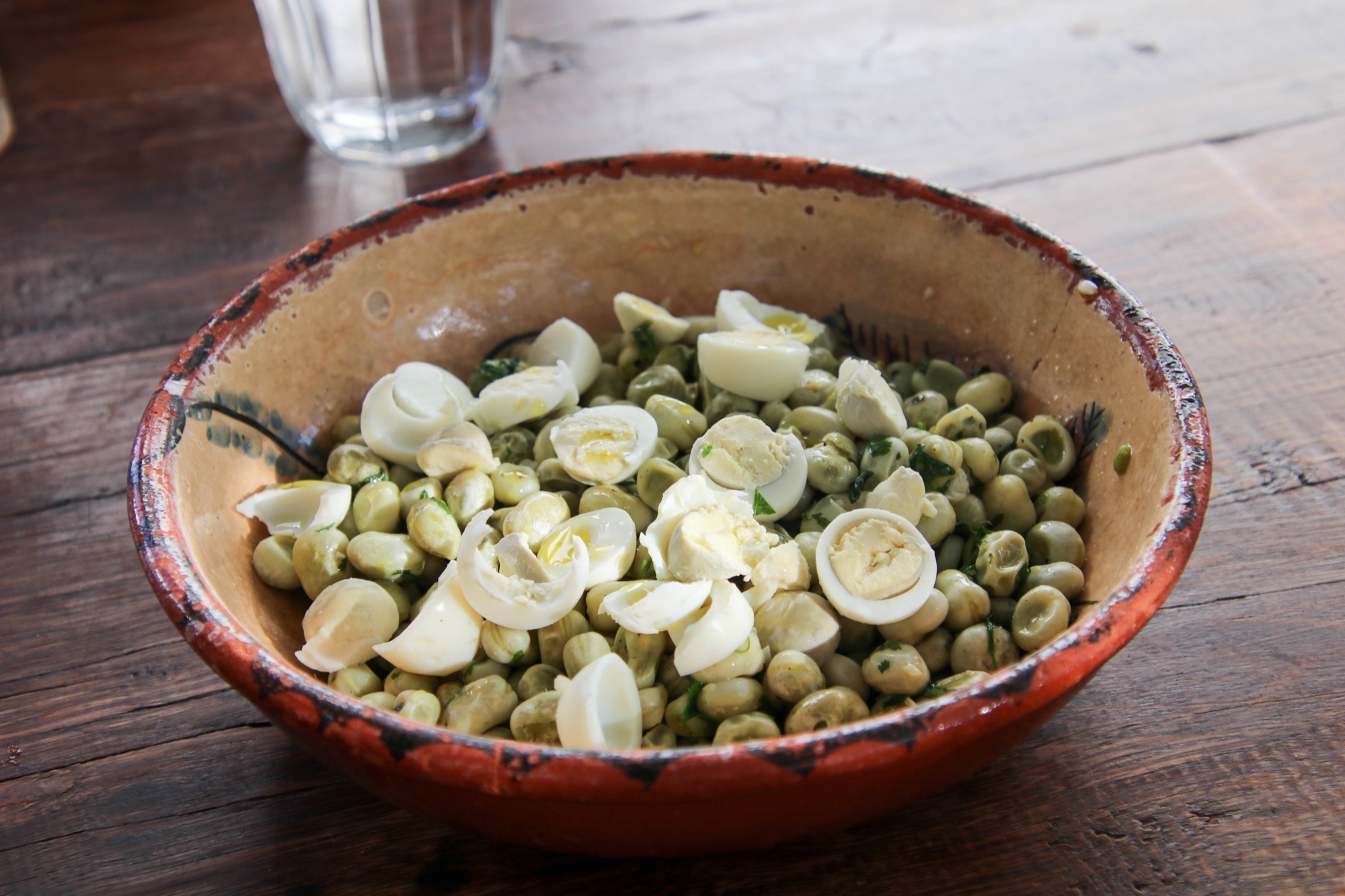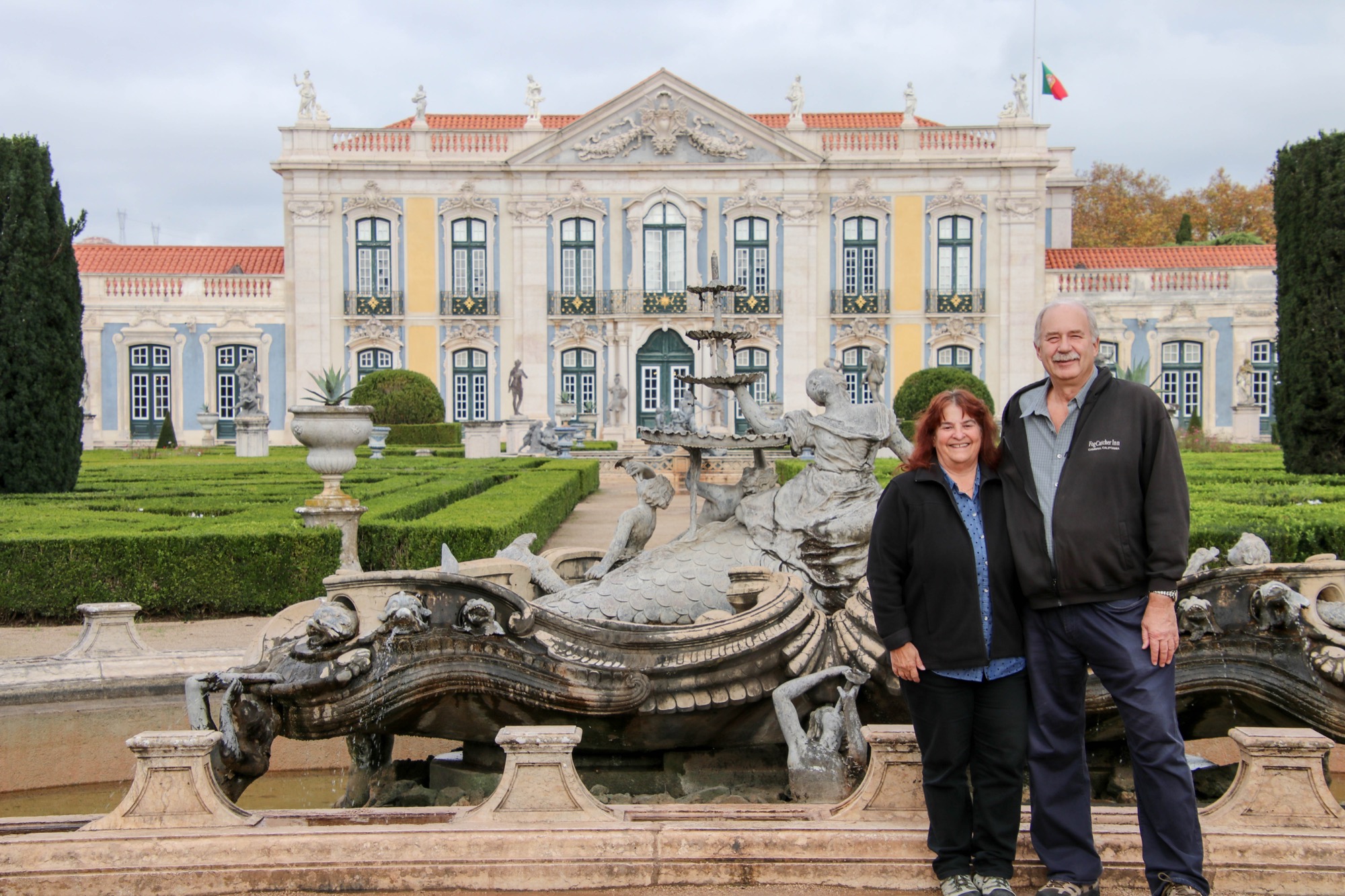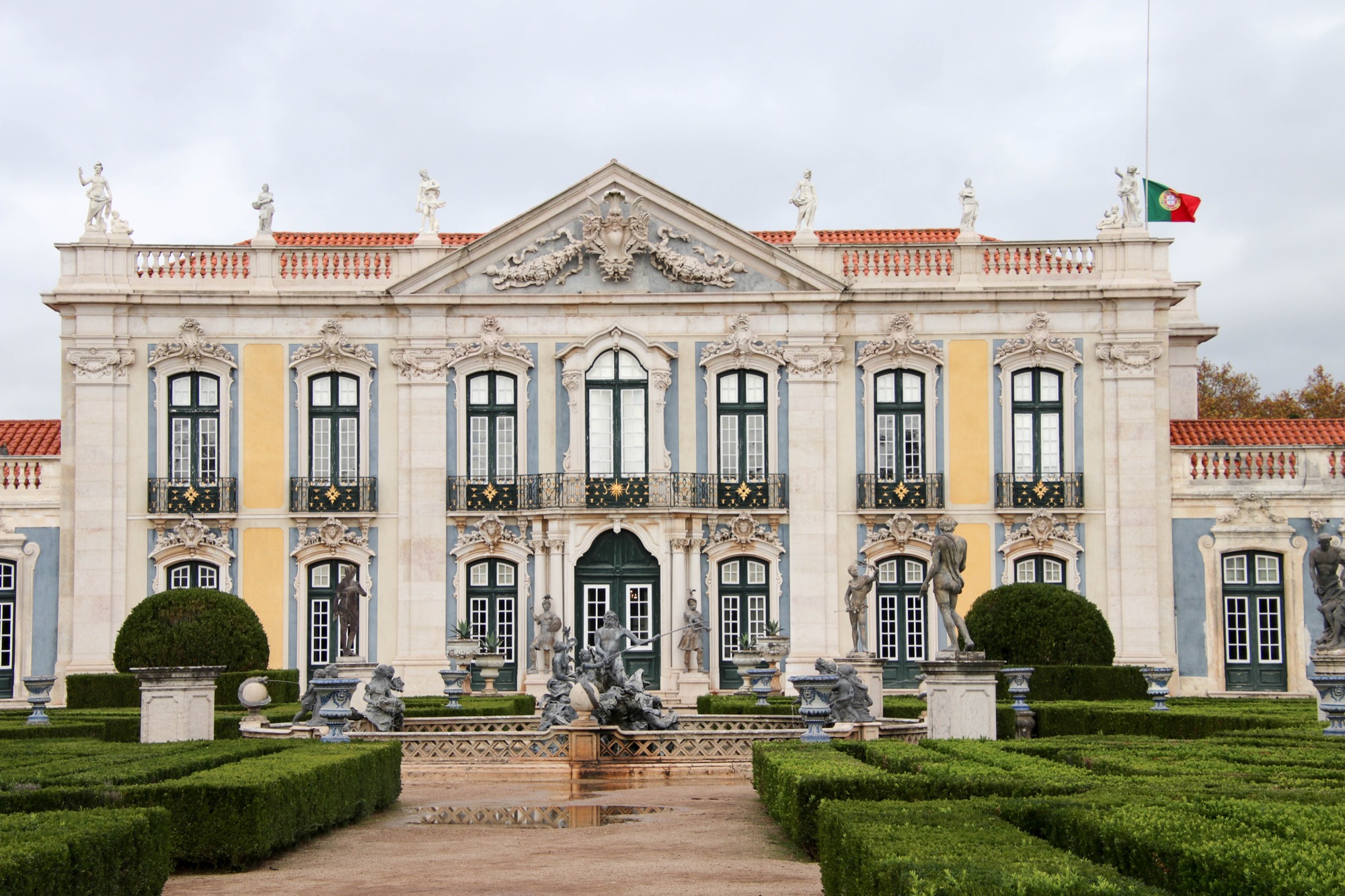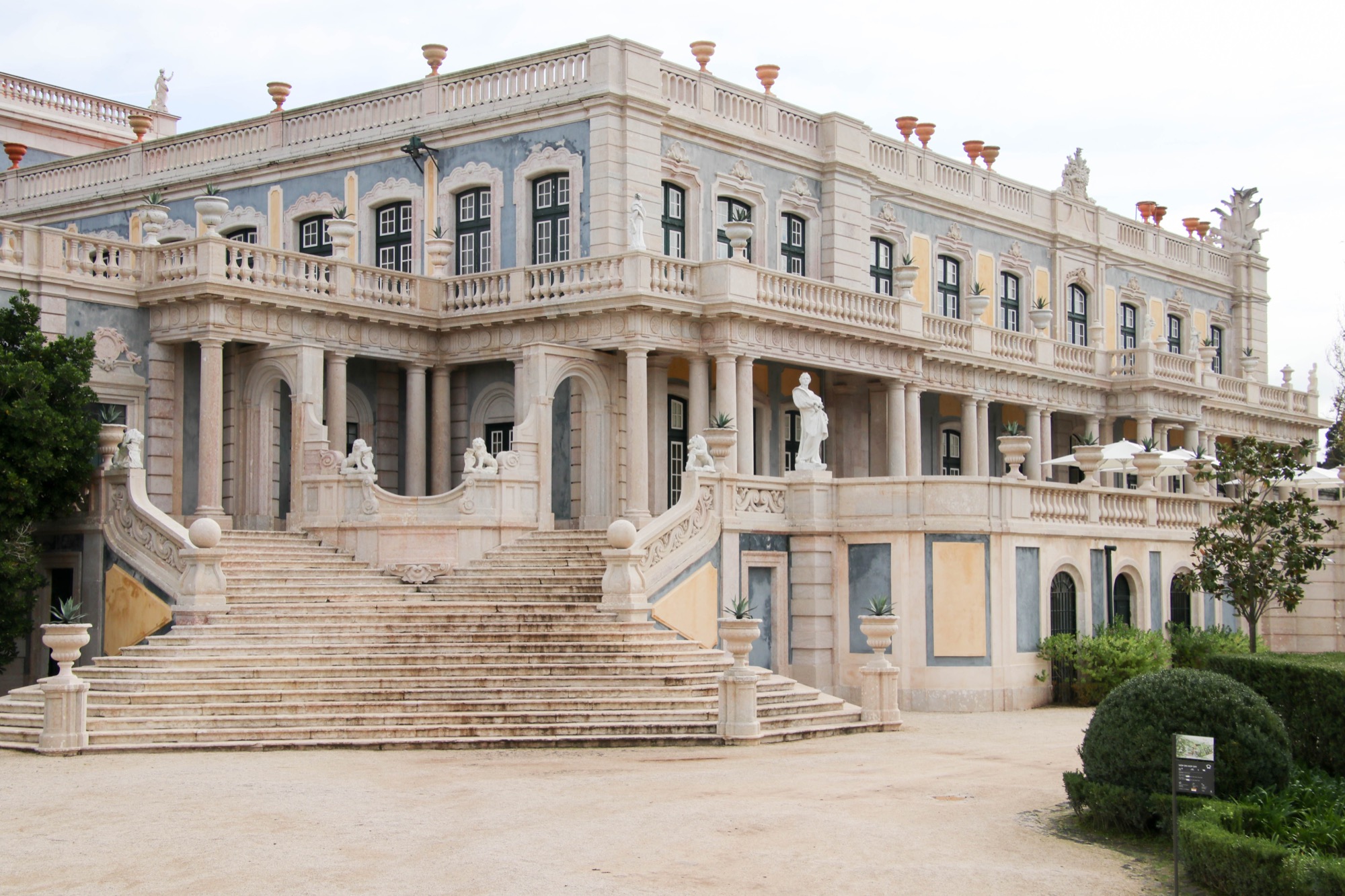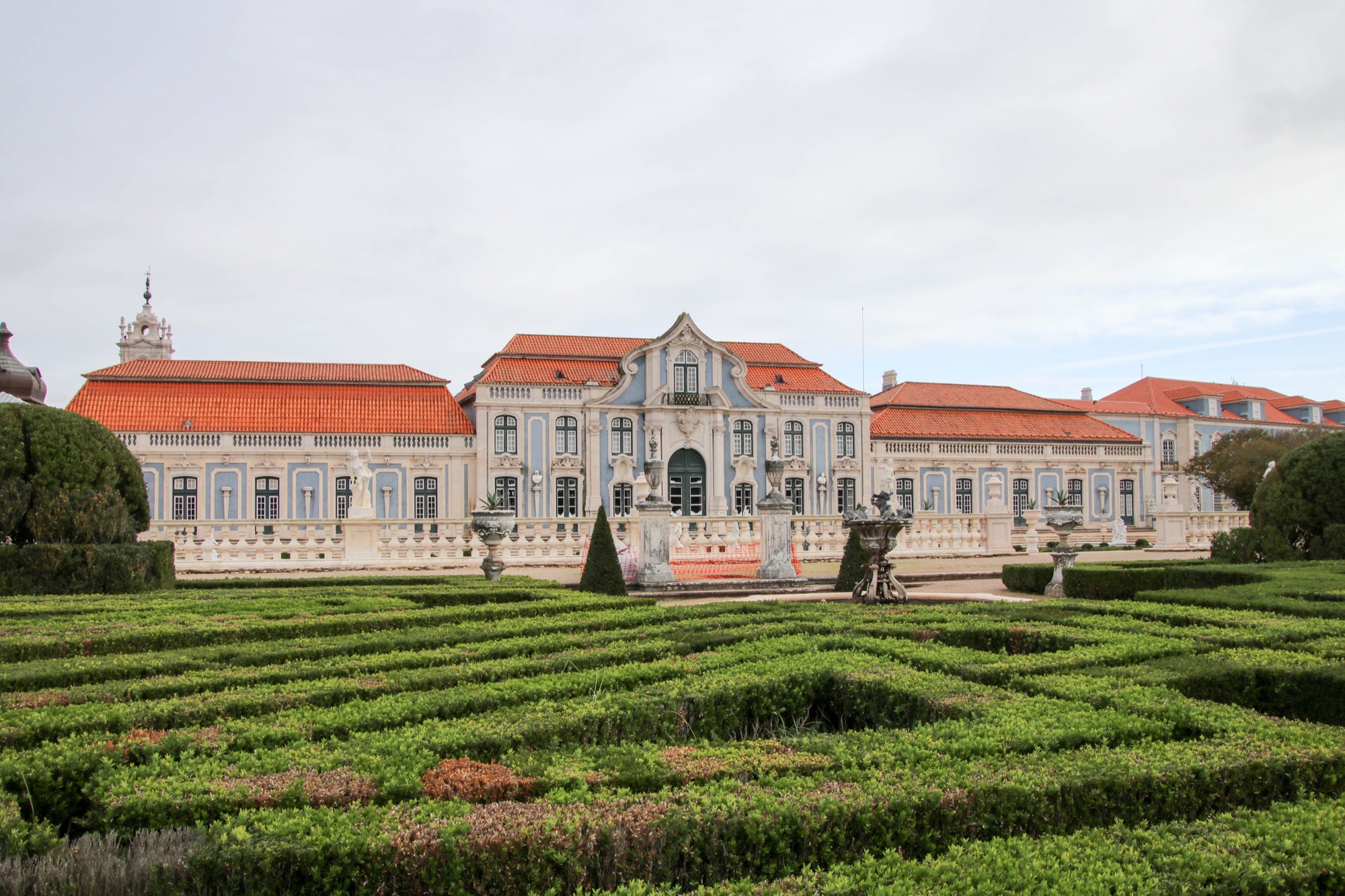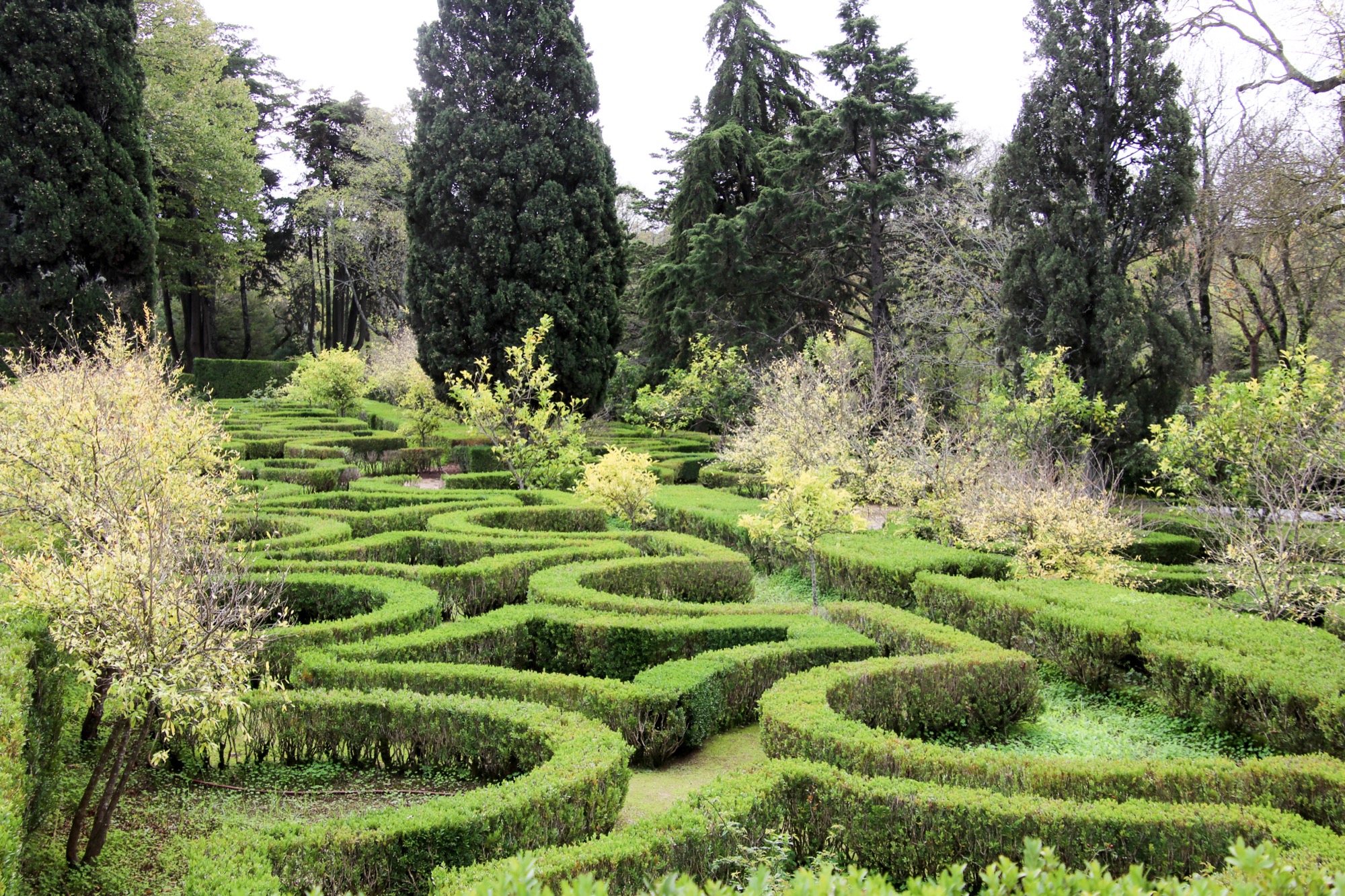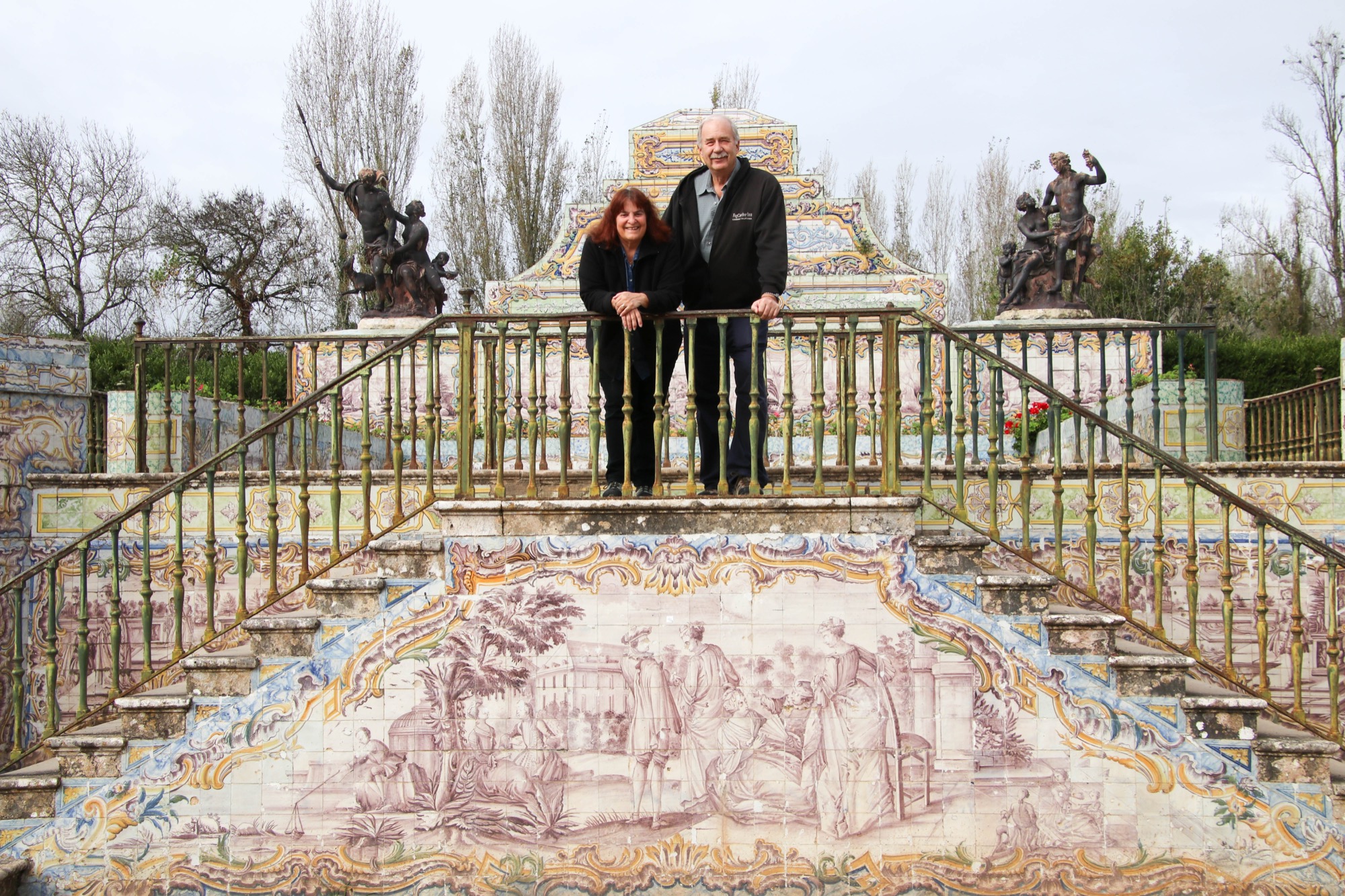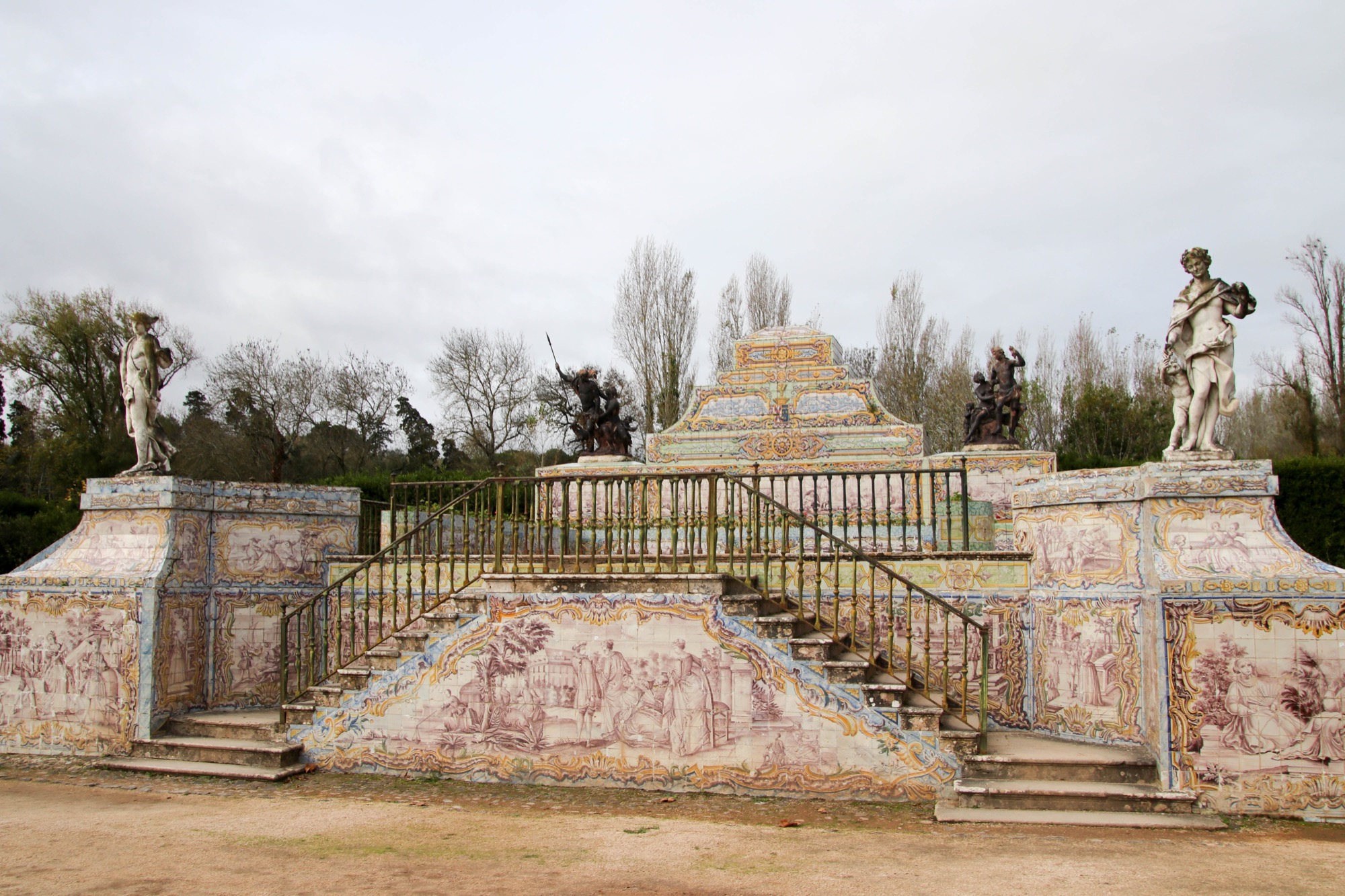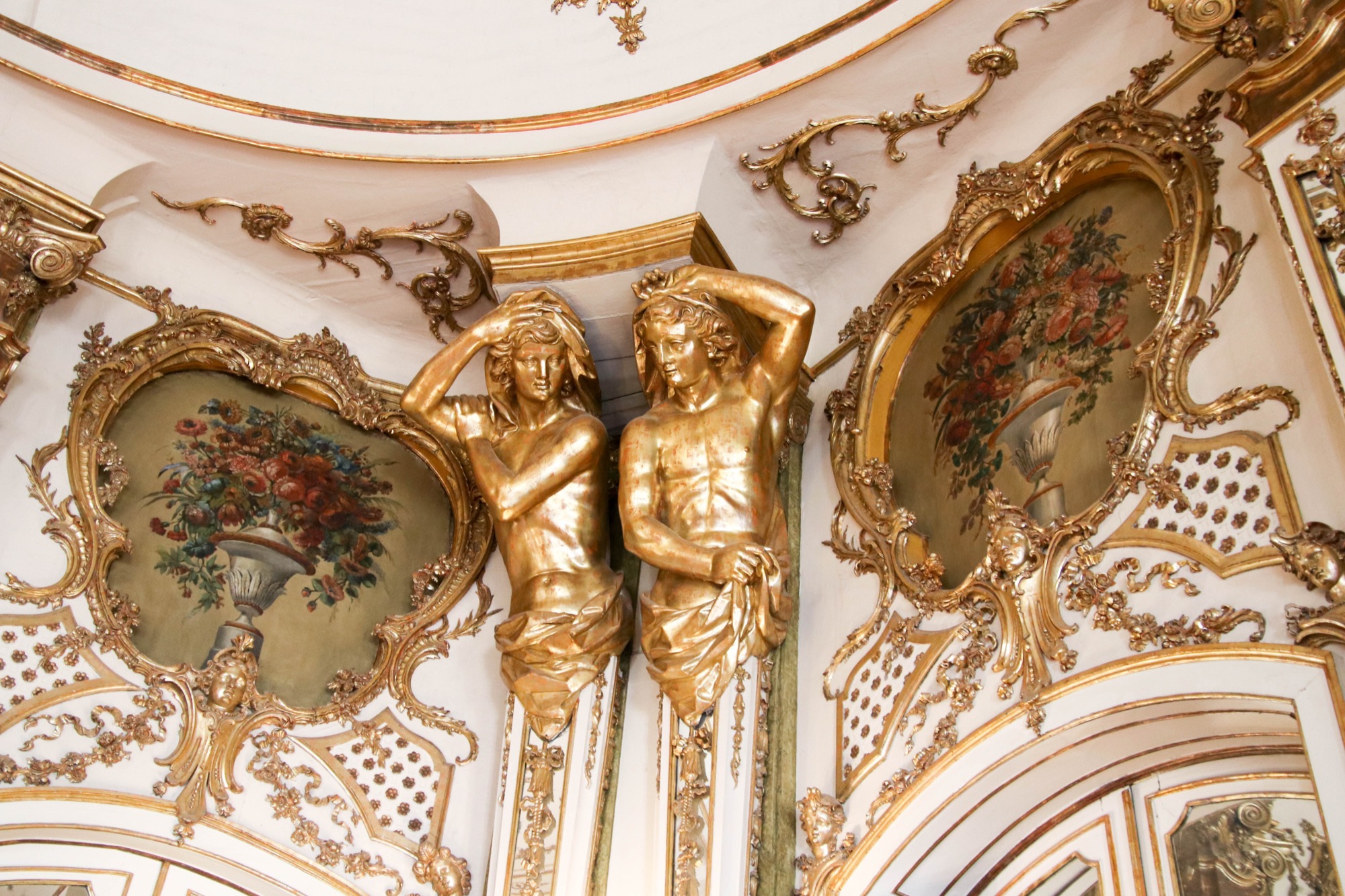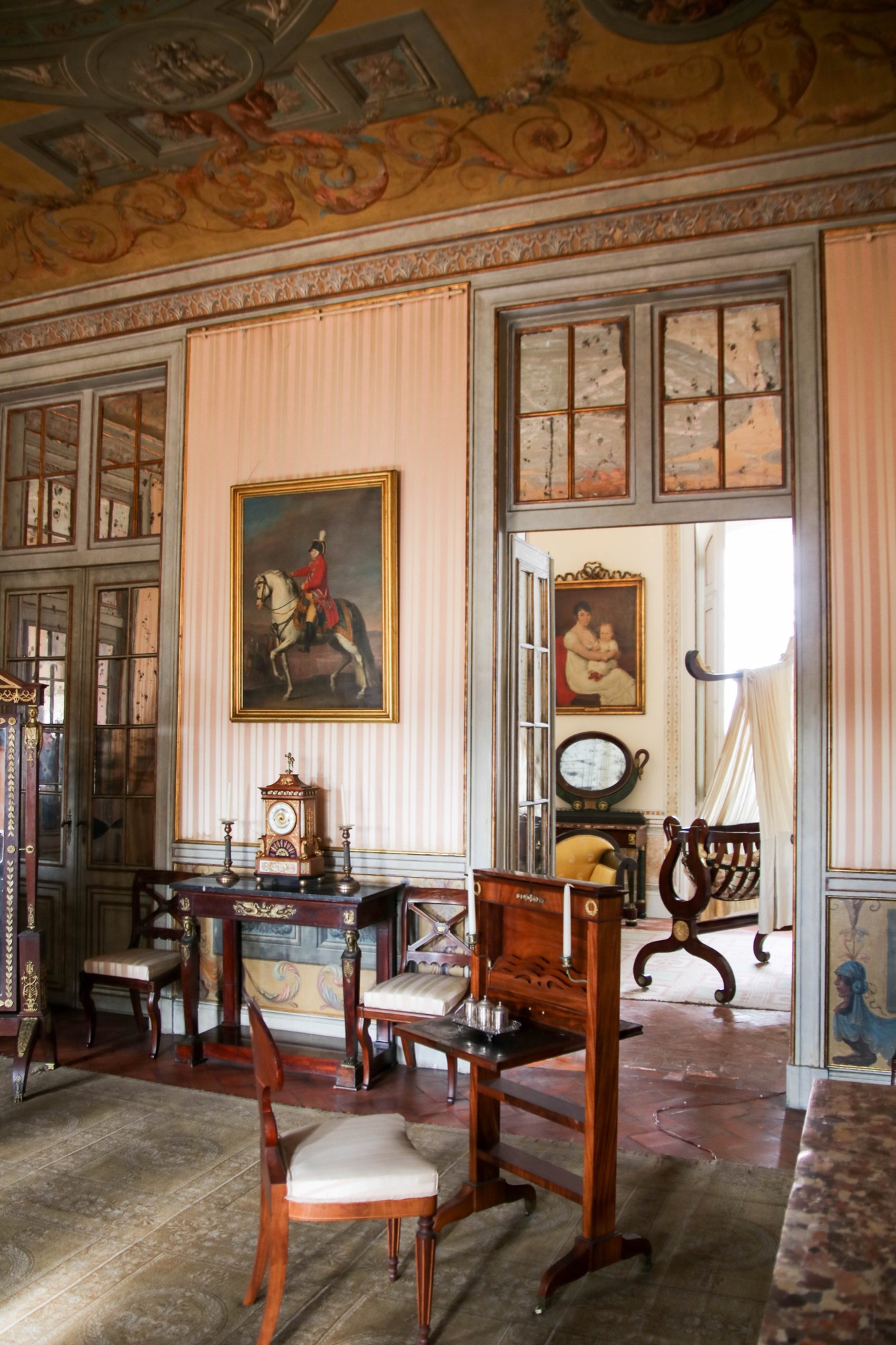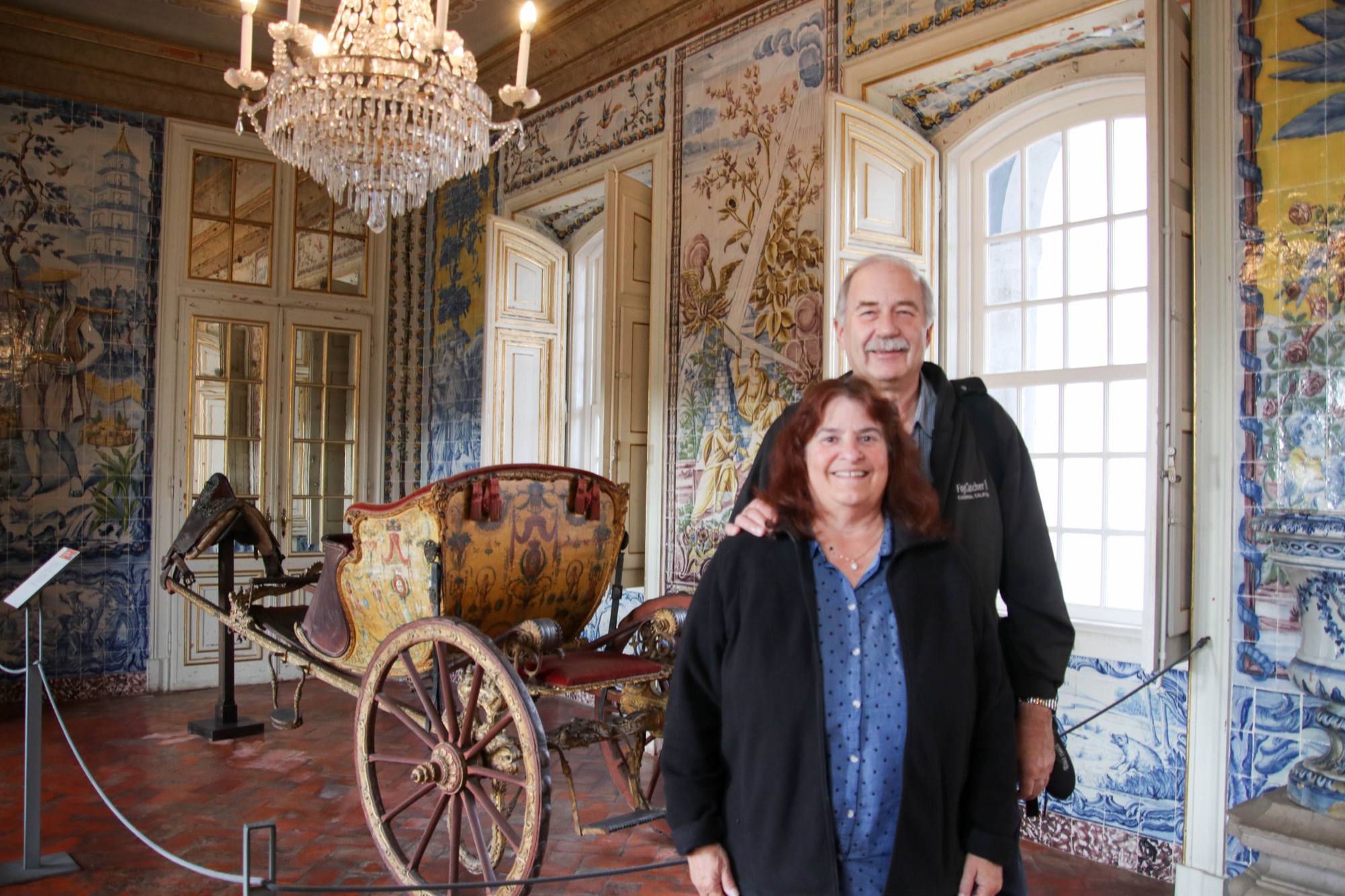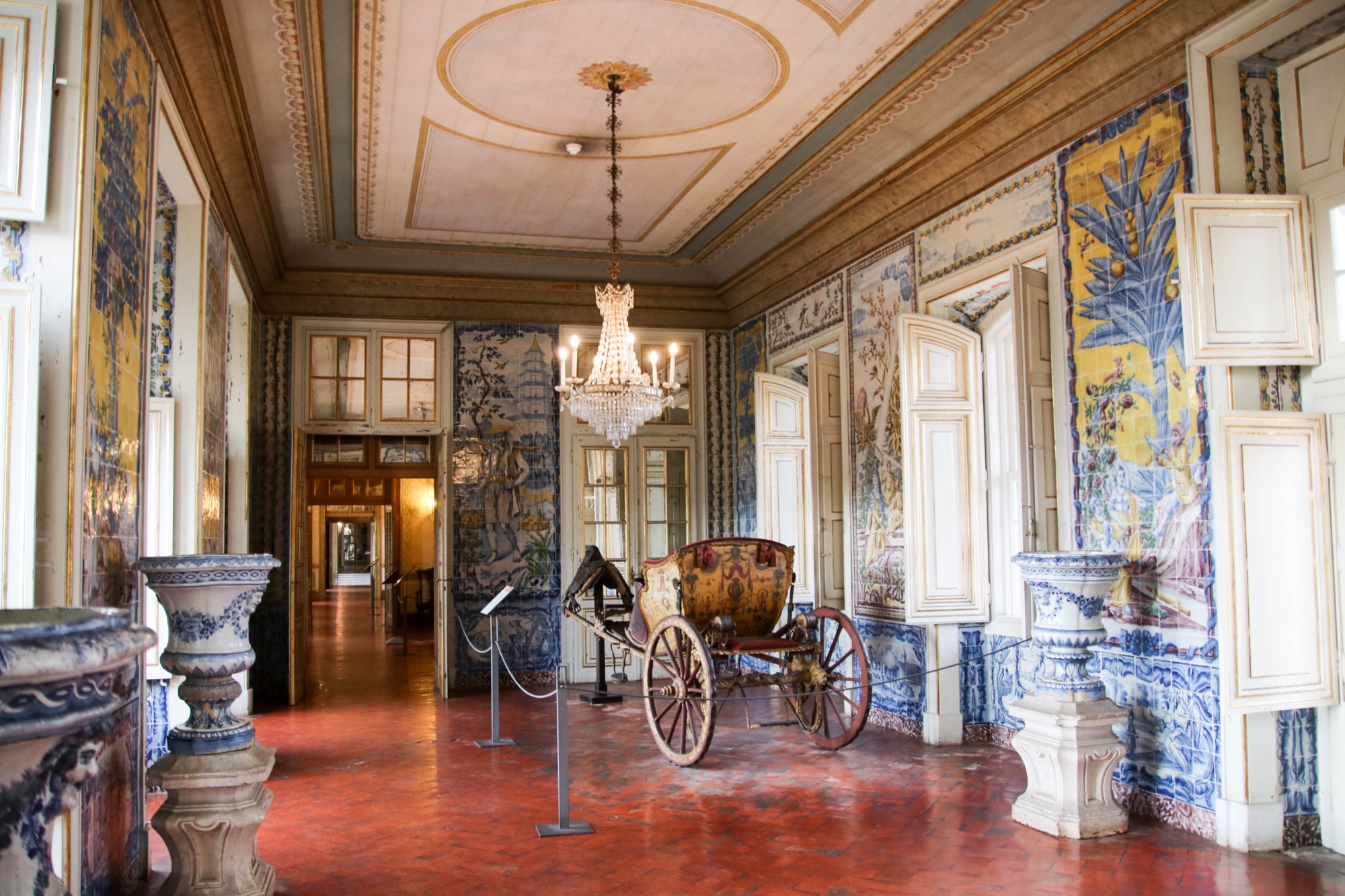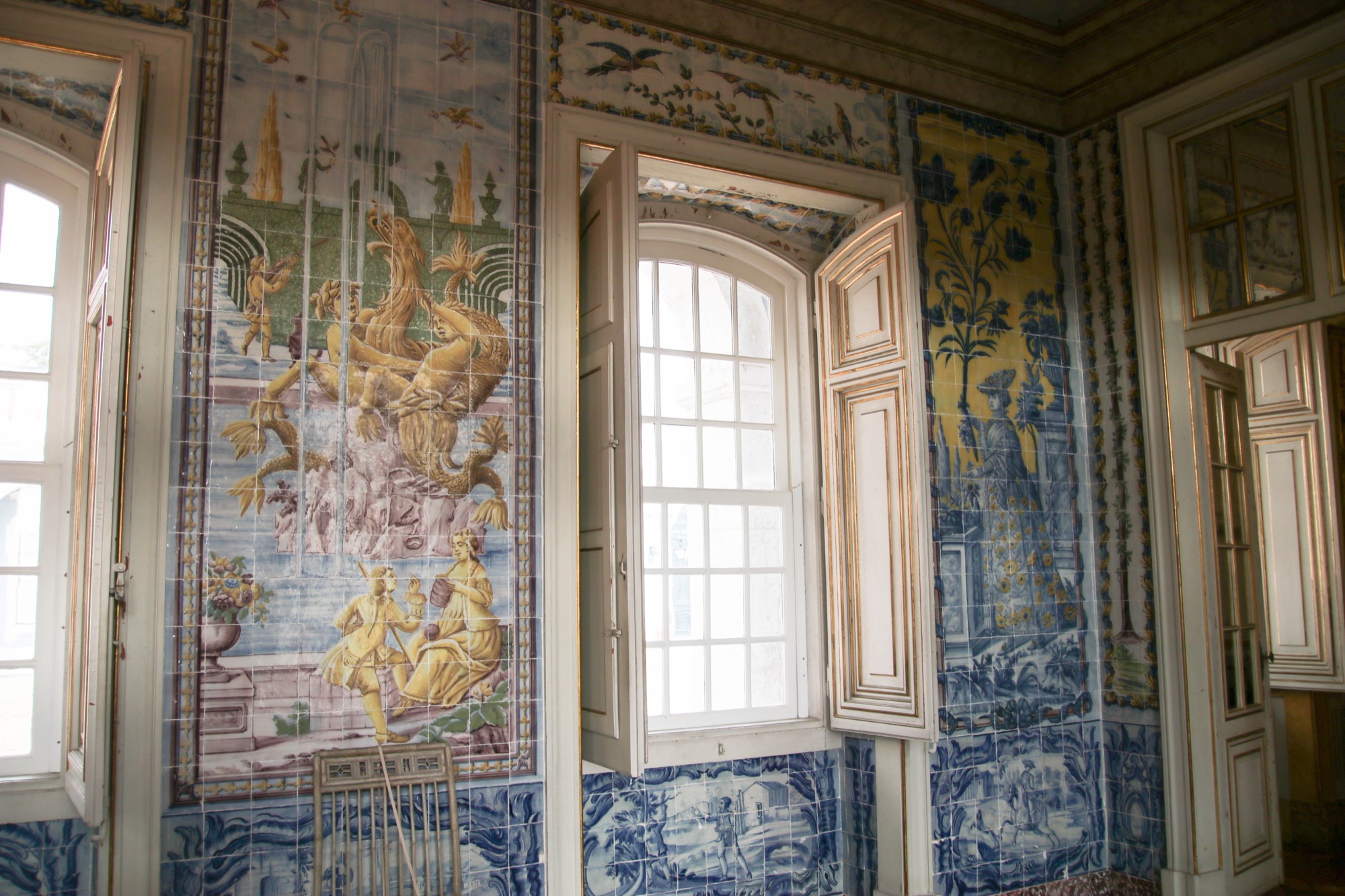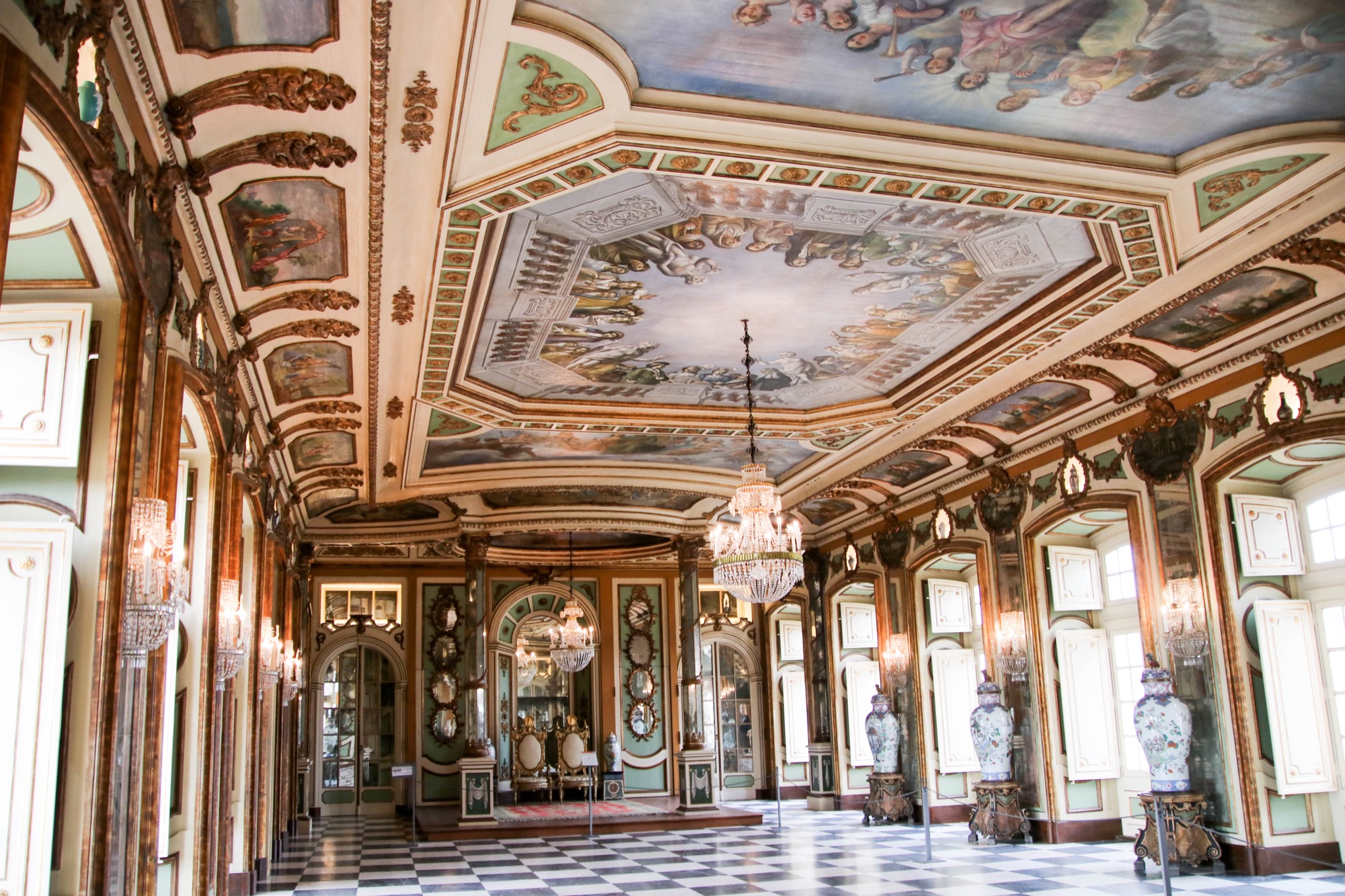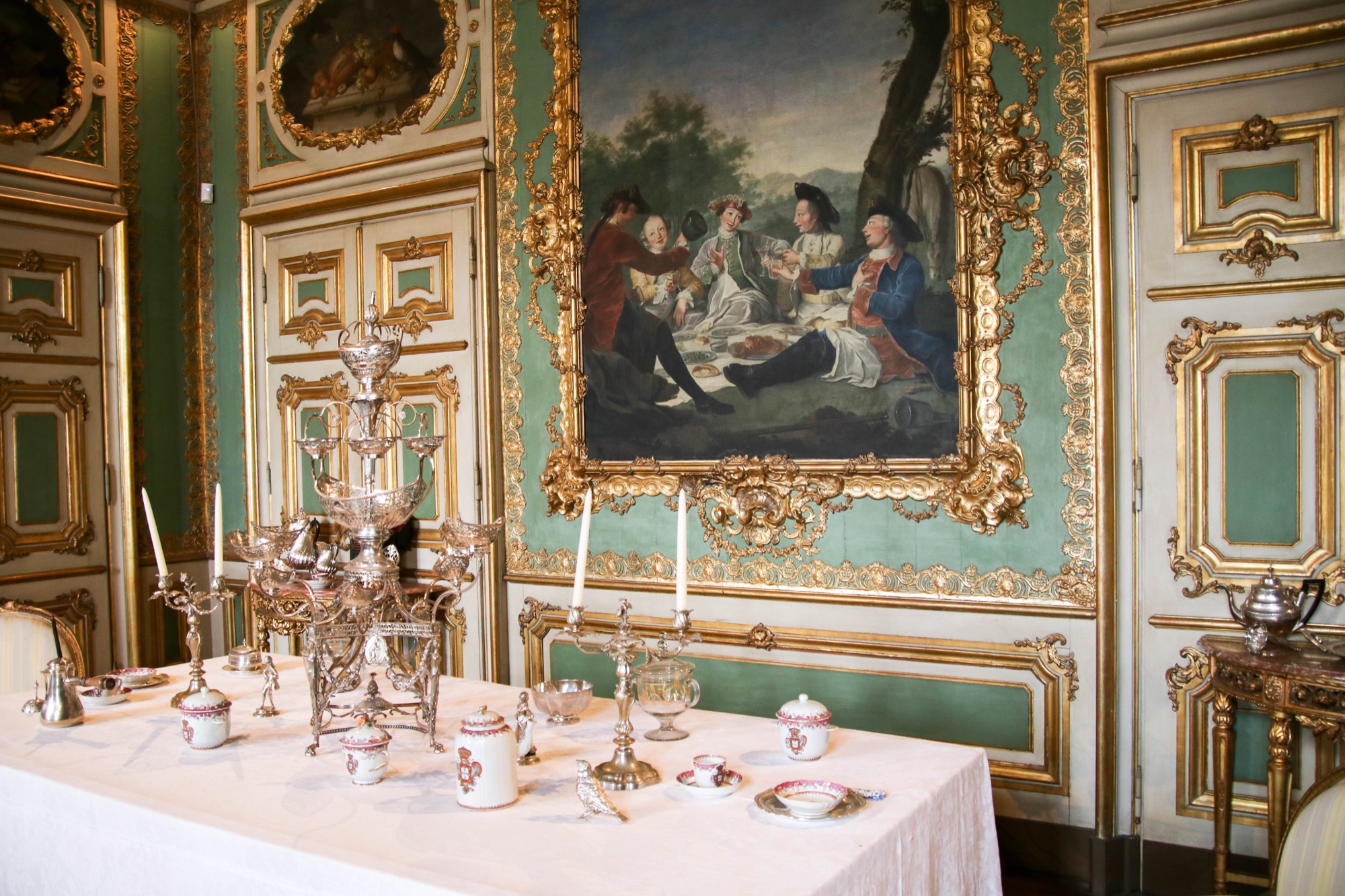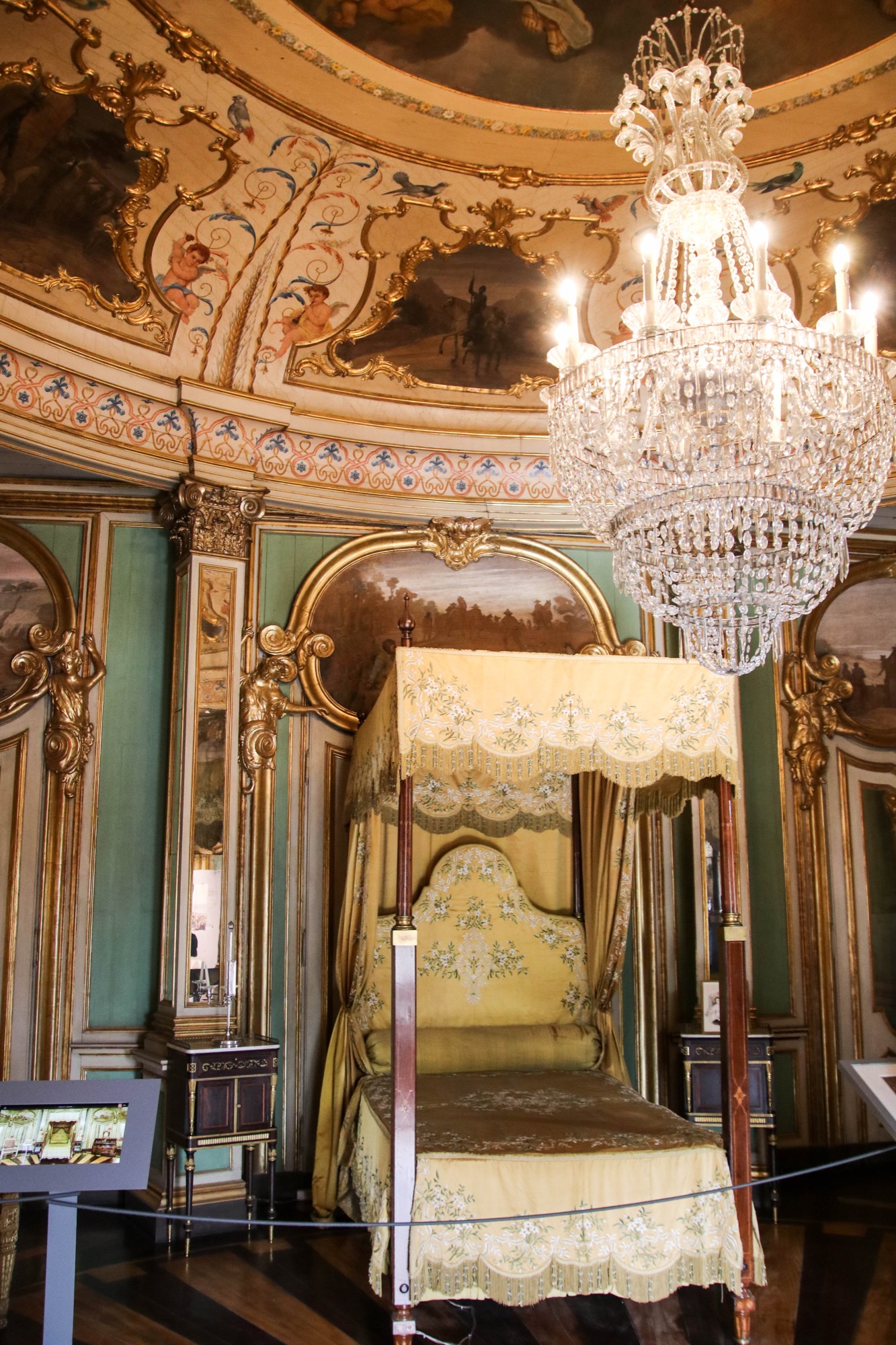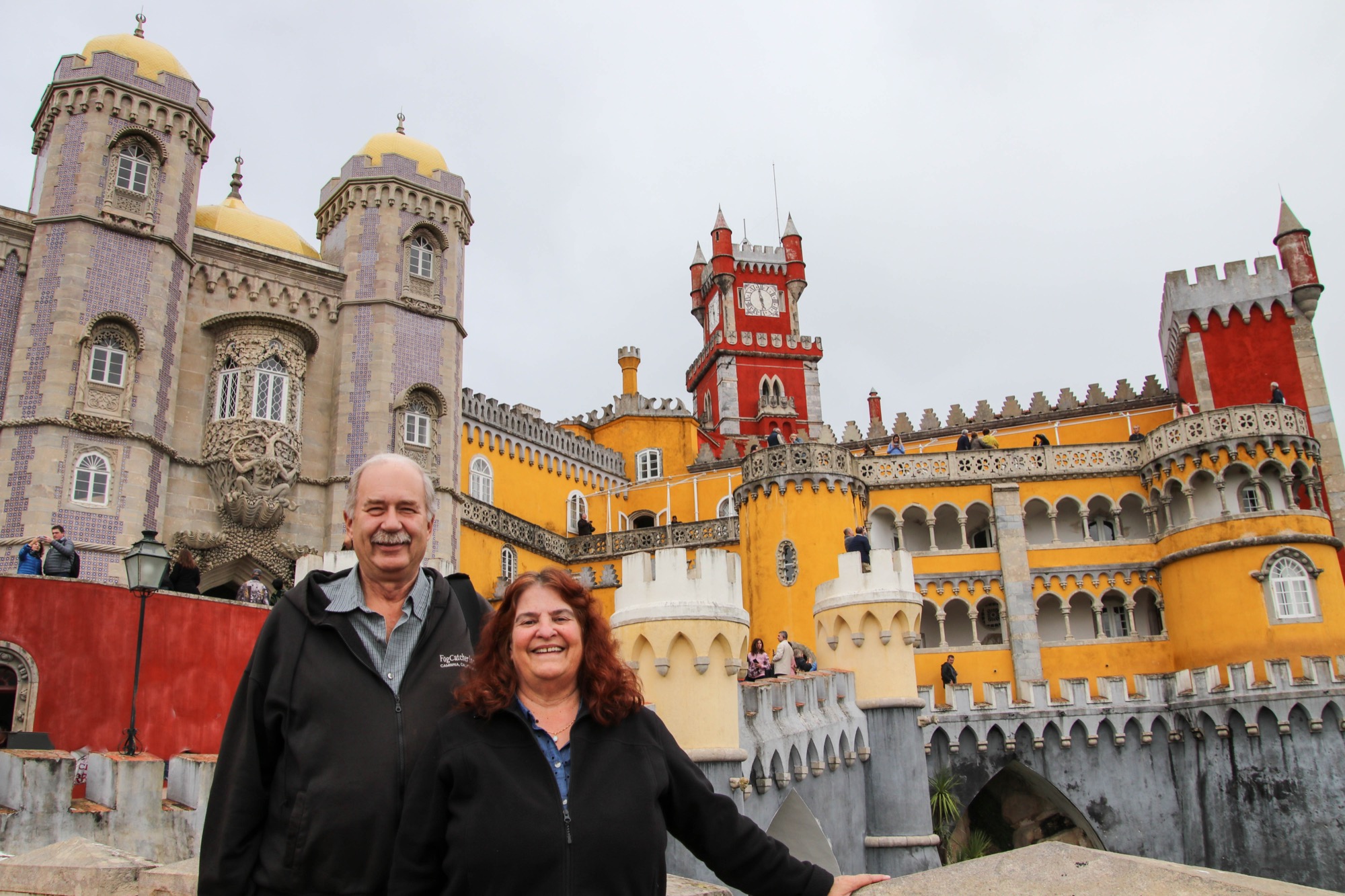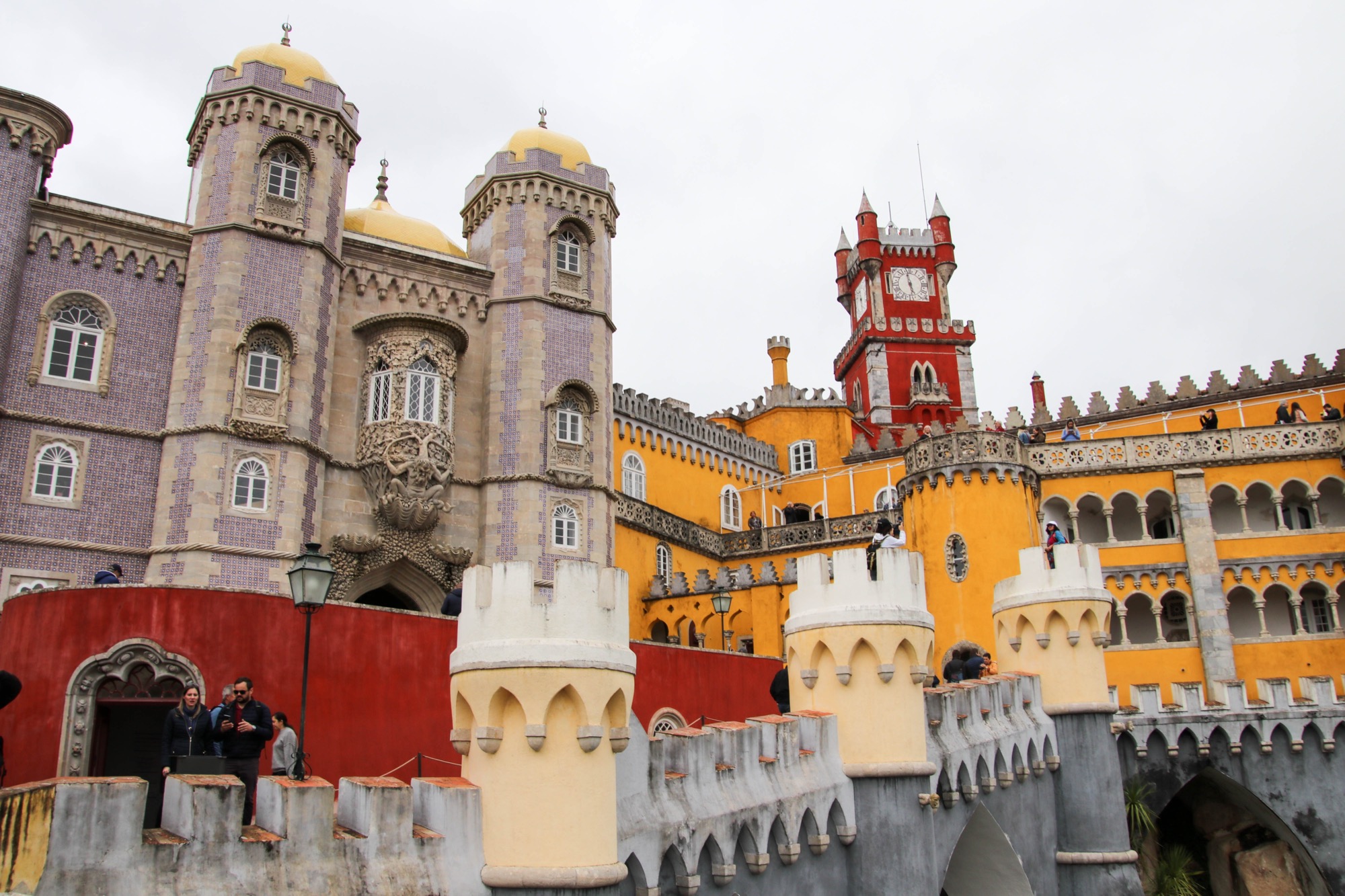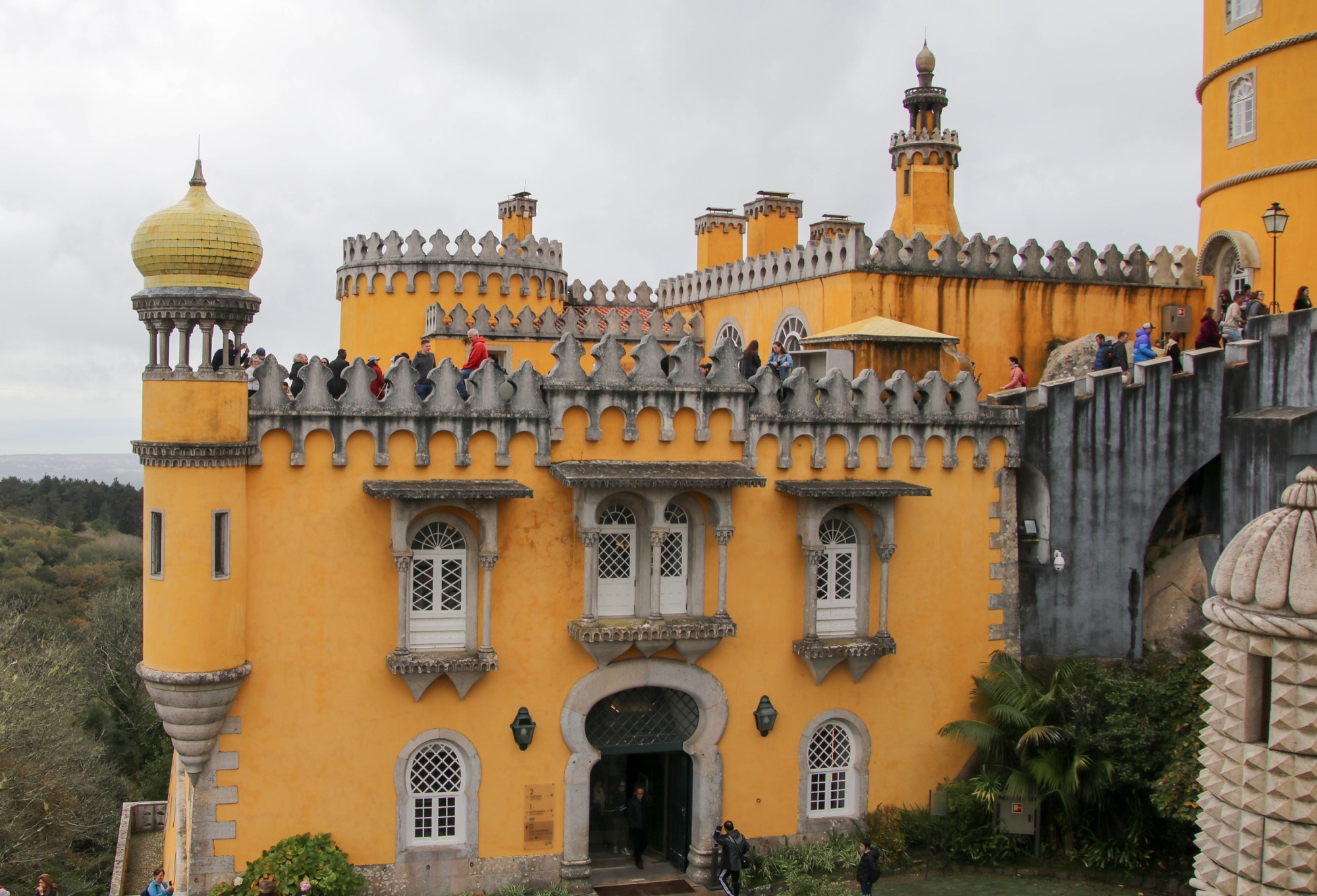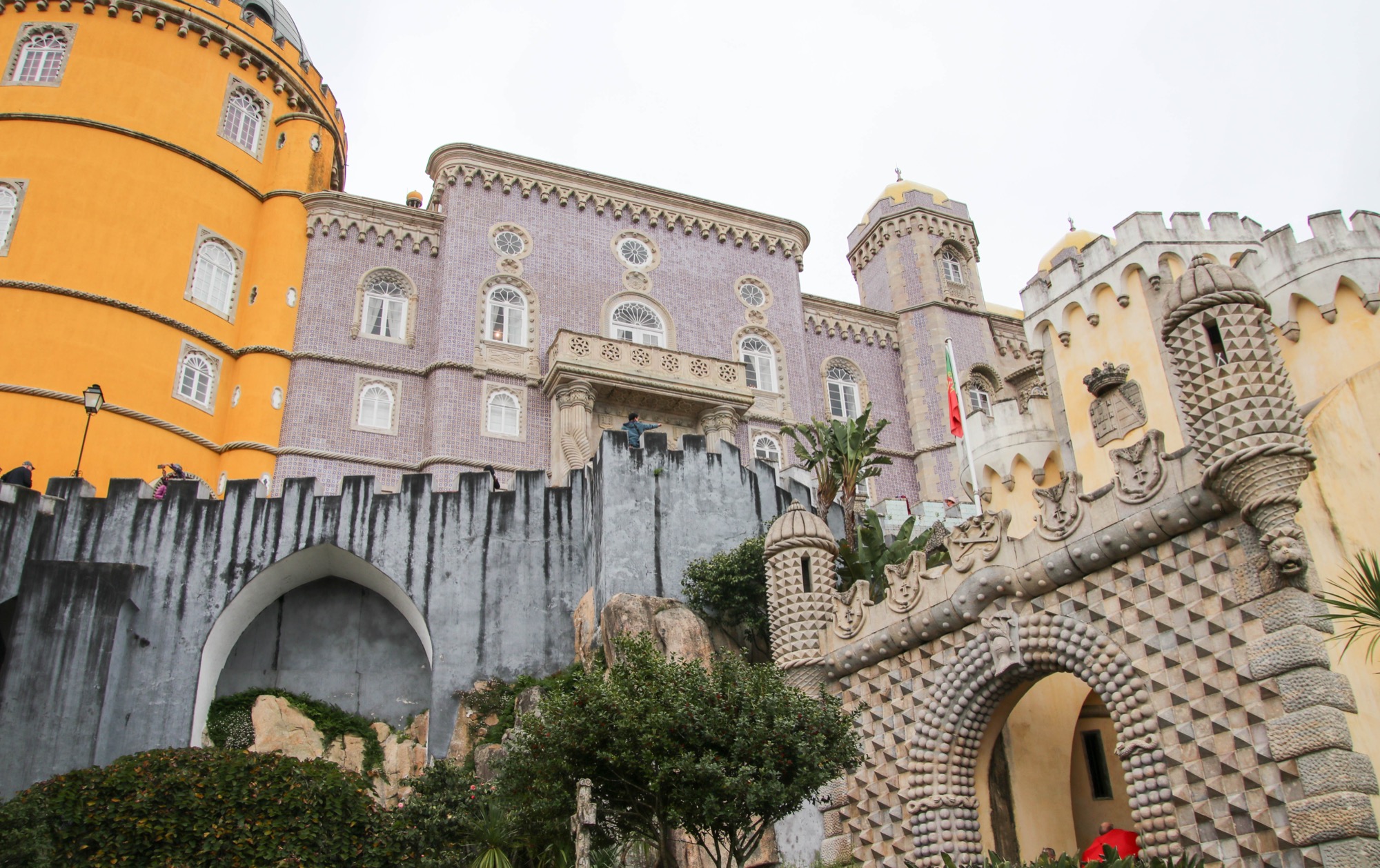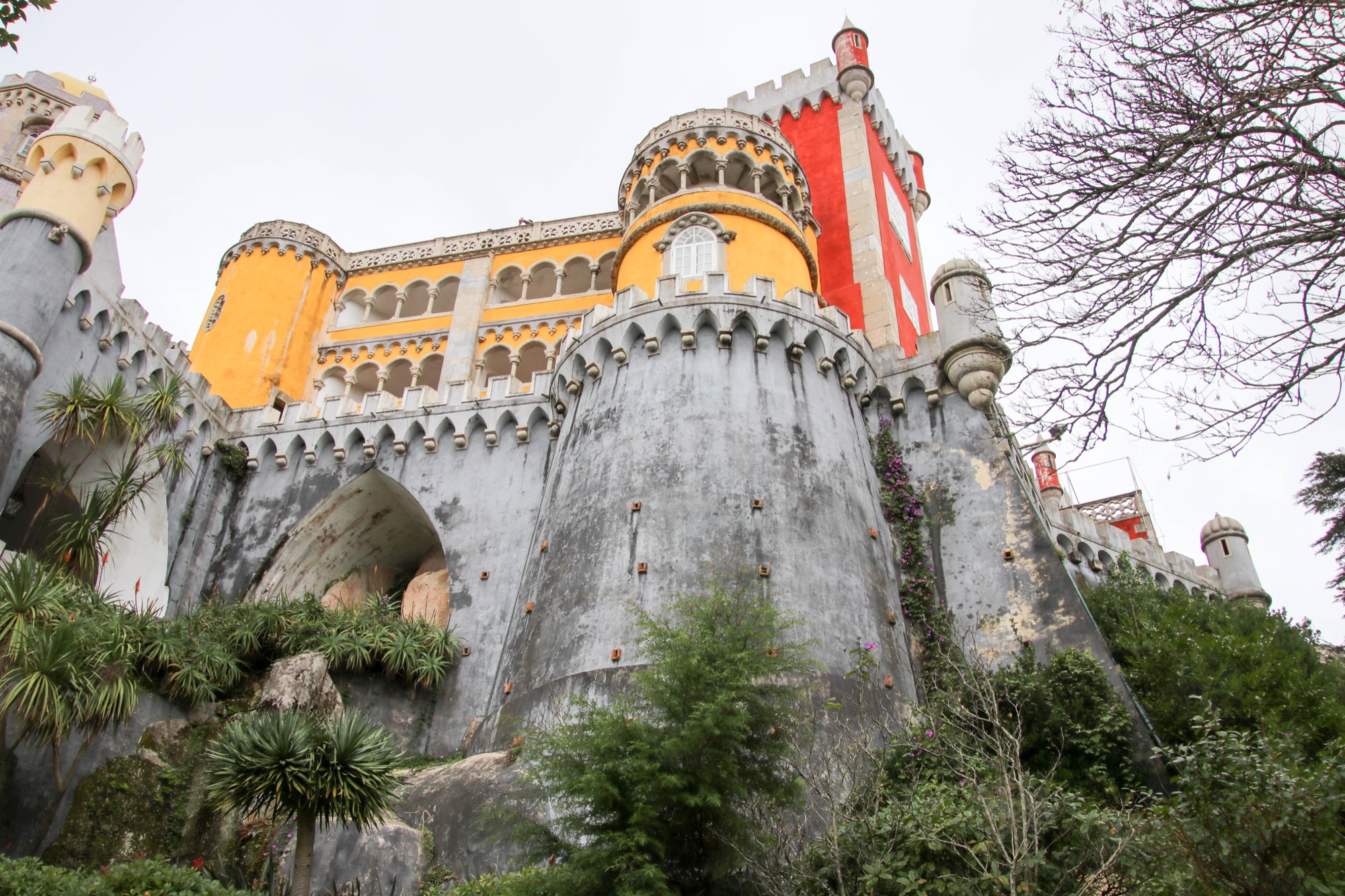Sofia, was a gracious hostess and an amazing teacher. Most of the ingredients came from her garden and were fresh and flavorful. We made a cheese and honey appetizer, several types of salads and vegetable side dishes, chicken with a traditional Portuguese stuffing, and an excellent rolled orange cake with jam.
One of the most interesting things we cooked was alheira, a type of sausage referred to as "Jewish sausage." This sausage was invented in 1497 by Portuguese Jews who were given the choice of converting to Christianity or leaving Portugal. Many claimed to have converted, but secretly practiced Judaism.
Sausage, whose main ingredient was pork, was a staple food during this time period. In order to blend in and not attract the attention of the Portuguese inquisition, the Jews began to prepare sausages made with vegetables or chicken mixed with bread. The Jews would hang the sausage to cure and the authorities would pass them by thinking they must be good Christians.
